The Rise and Fall of Dubstep
December 14, 2018
Seven years ago, the masses craved dubstep. Hipsters raved to it; DJs blew out their speakers with it; teens used it for YouTube channel intros. For a national craze, one would think it shouldn’t have fallen out of the mainstream category so fast – so what happened?
Well, dubstep faltered like every trend does with time. Contrary to popular belief, dubstep didn’t just arrive overnight. It’s roots date back years, and so dubstep was prominent even prior to when its title was “dubbed”.
The creation of the subgenre has largely been attributed to Jamaican sound systems, which are generally groups of disc jockeys, event engineers, and MCs. The usage of these sound systems in the 1980s often took place at parties, which helped attract dubstep’s modern, notorious fans. Dubstep did not go much farther than the Jamaican genres for several years. However, in the mid-2000s, artists began to morph the shape of this music and push the boundaries of creativity.
It is widely accepted that dubstep began to take priority in the American mainstream world around 2009. Up until that point, dubstep was primarily centered in the United Kingdom and was shockingly calm.
And then came Sonny Moore.
Better known by his alias, Skrillex, Sonny Moore is the American EDM producer that took the United States by storm. Any millennial would recall the hype built up around this peculiar character. Moore is responsible for providing the rudiments for nearly all modern dubstep, as he helped transform sub-bass frequencies (aka, wub-wub) into the bass-heavy, grinding sounds America seemed to thrive upon. Along with some other producers like Excision and Datsik, Skrillex pushed dubstep into pop culture across all of North America.
Dubstep reached its peak in early 2012. Ever since, its prevalence has faded, yet its relevance has not been extinguished.
Other subgenres have taken much inspiration from dubstep, such as trap music, which is now often heard blasted in the hallways of Terra Linda. If anything, the popularization of dubstep furthered EDM as a whole. Pop music in the U.S. has taken a noticeable step towards EDM and has helped artists such as Avicii gain fame. But how common is it to find dubstep nowadays?
“I would say that as EDM pop is becoming more popular…dubstep is starting to become less and less popular, but there’s definitely still an audience for it,” states Terra Linda’s freshman EDM producer, Benjamin Shafer. “I know that Coachella has a couple dubstep artists, and a lot of big EDM festivals do as well,” he continued. Shafer noted that dubstep catered towards a smaller audience from the start, but that it is still going pretty strong nonetheless. For example, the earlier mentioned Excision is still a prominent figure in the scene after all these years, even in an era where more “Chainsmoker-like stuff” is becoming popular.
There are myriad events that Terra Linda students attend each year, many of which are EDM-oriented. Obviously, there’s Coachella, which features famous artists such as Alan Walker, Illenium, Kygo, and more. Coachella presents a good opportunity to get integrated with some of the lesser-known EDM producers as well.
Up in Napa Valley, Bottlerock is another solid festival that Napa City pours millions of dollars into each year. On occasion, there are artists that are either acquainted with dubstep or who create music with similar elements. In 2015, underground producer HIGHSOCIETY was enlisted for Bottlerock. On the website, his music was described as “dubstep influenced electro-rock to get the party started”.
Last to be noted is SnowGlobe, an annual festival taking place in Lake Tahoe. This year, it features people like Diplo (who dallies with dubstep) and Bauuer, renowned for his production of the “Harlem Shake”.
Just here in California, dubstep remains. Although it may not be at its peak, dubstep still draws crowds.
“There’s no restraint on music,” Shafer says. “People can listen to whatever they want, wherever they want. If dubstep is your thing – what are you waiting for? We’re in California. Attend a concert!”

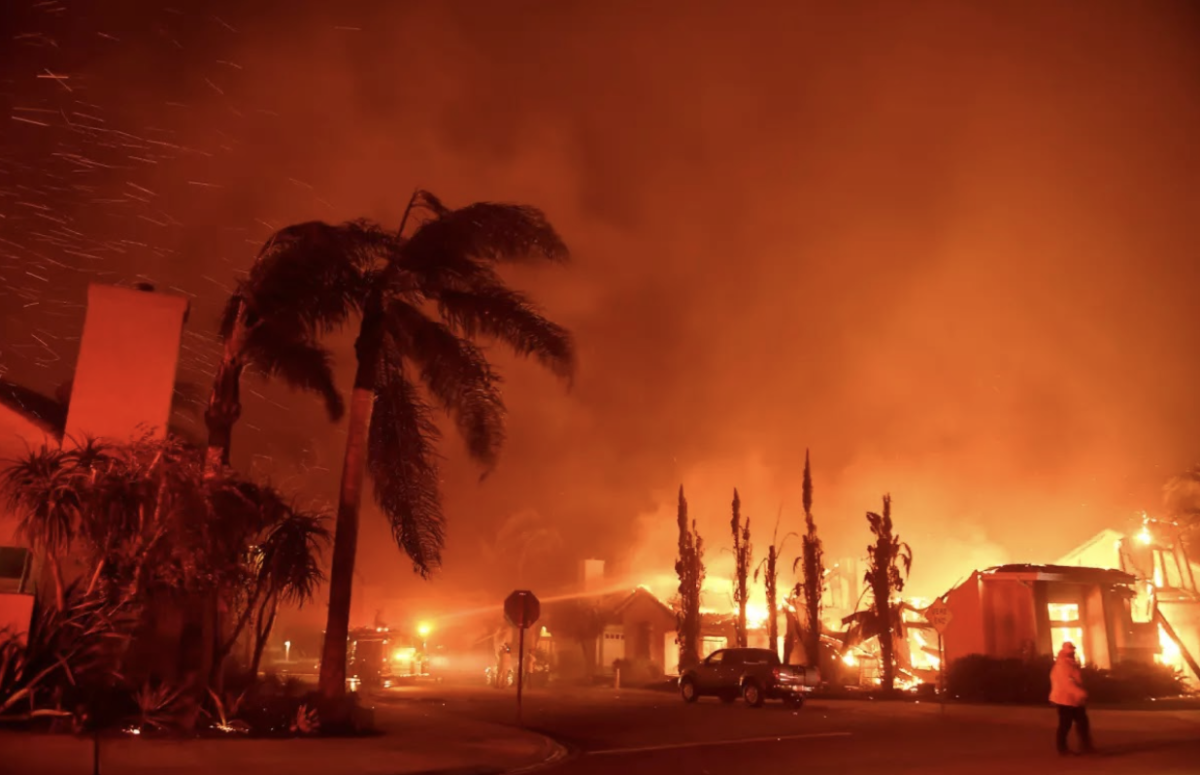
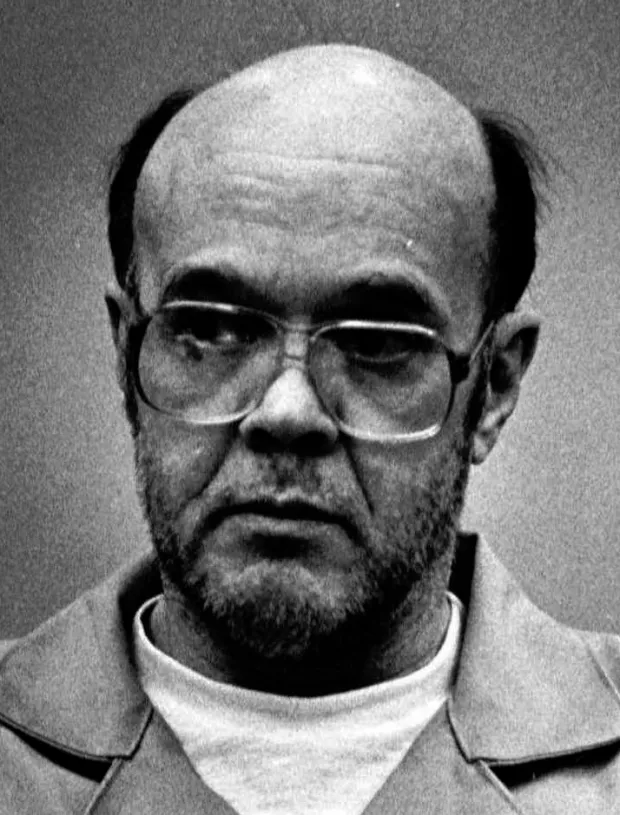
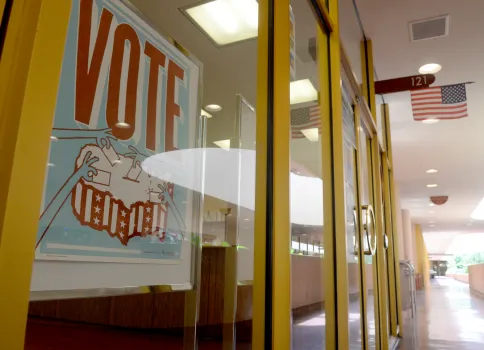
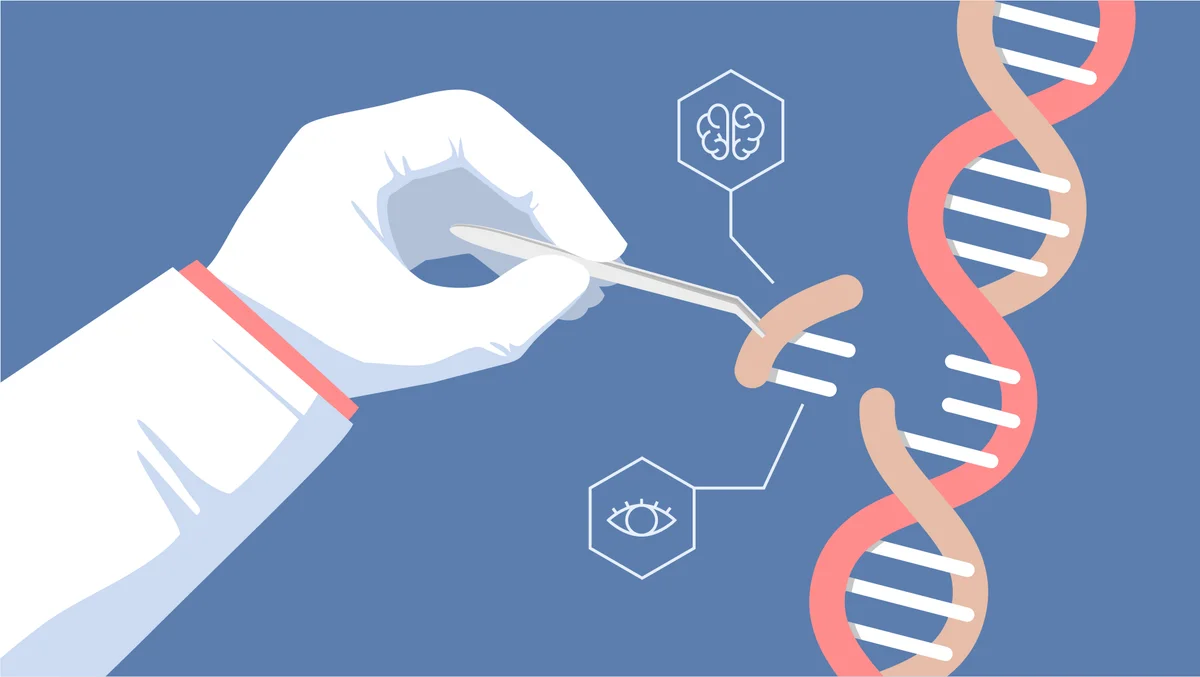
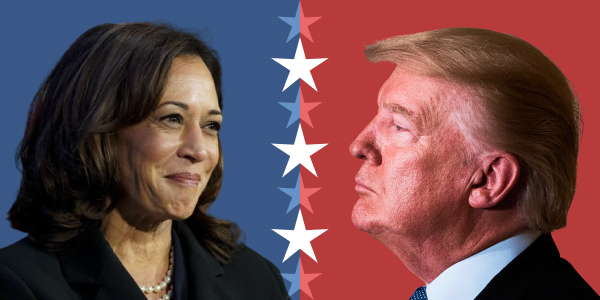
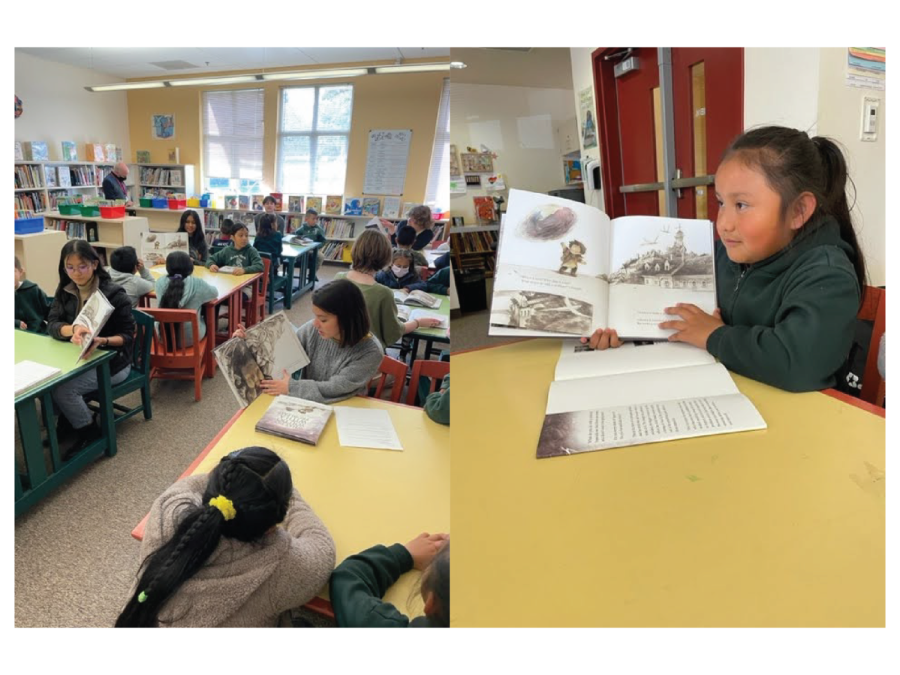
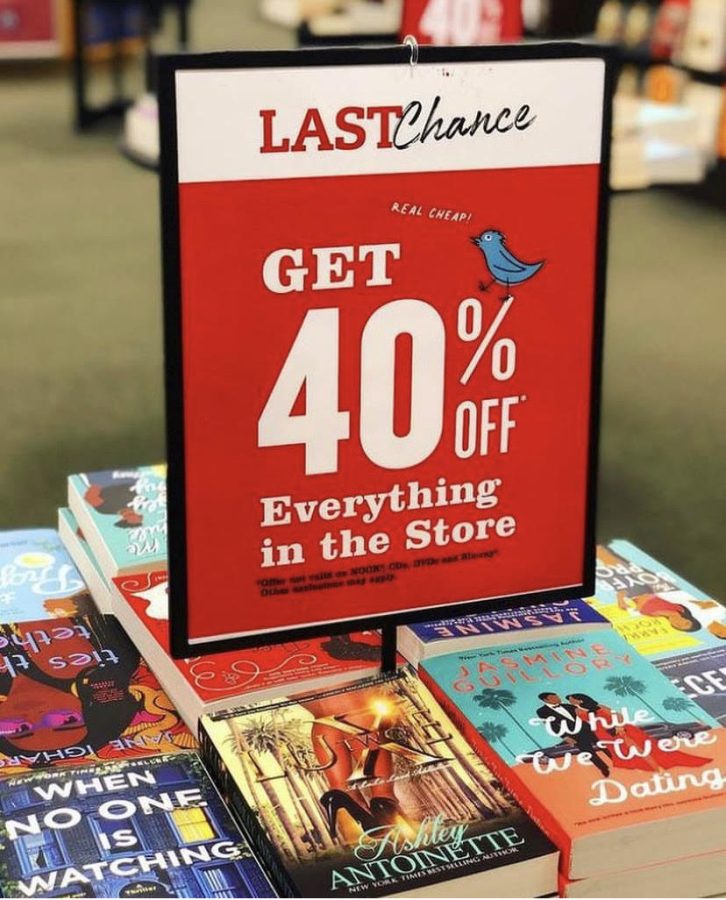

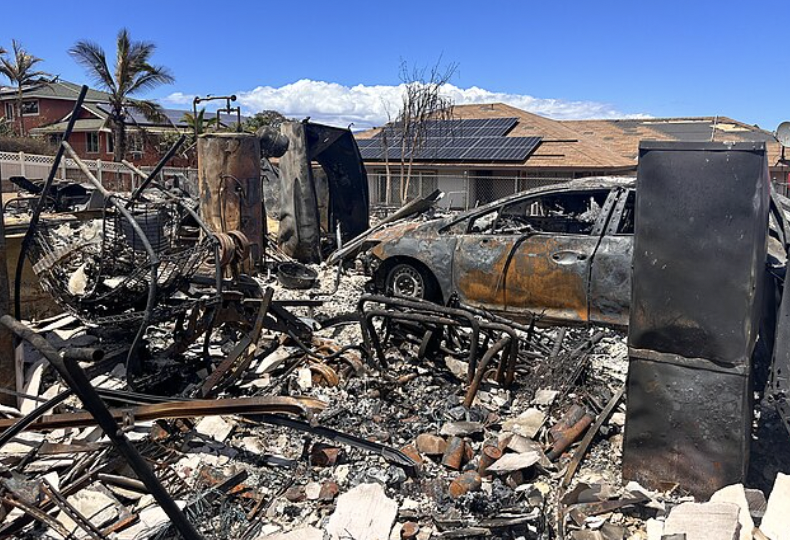
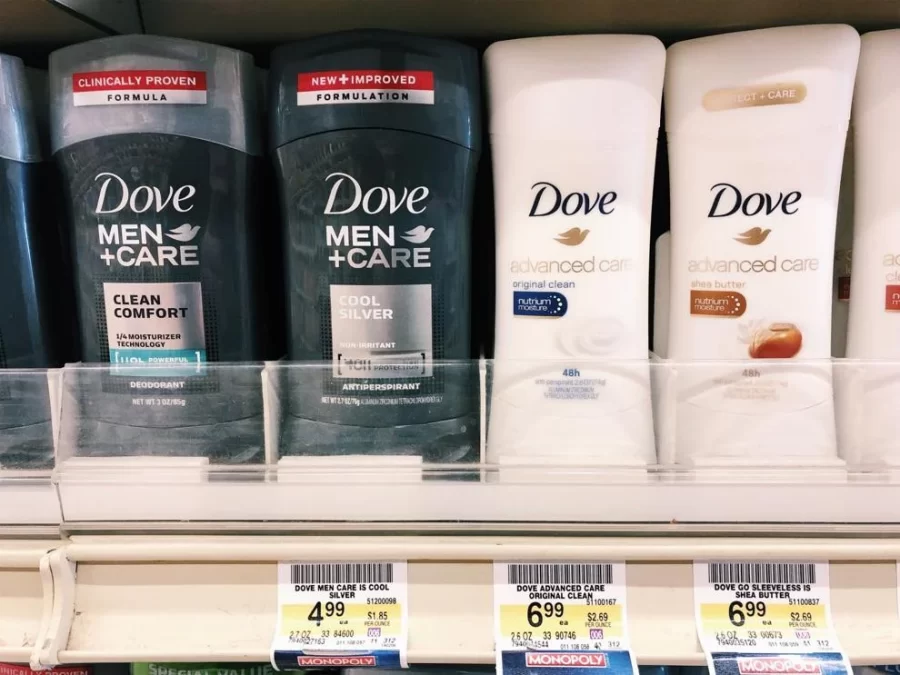
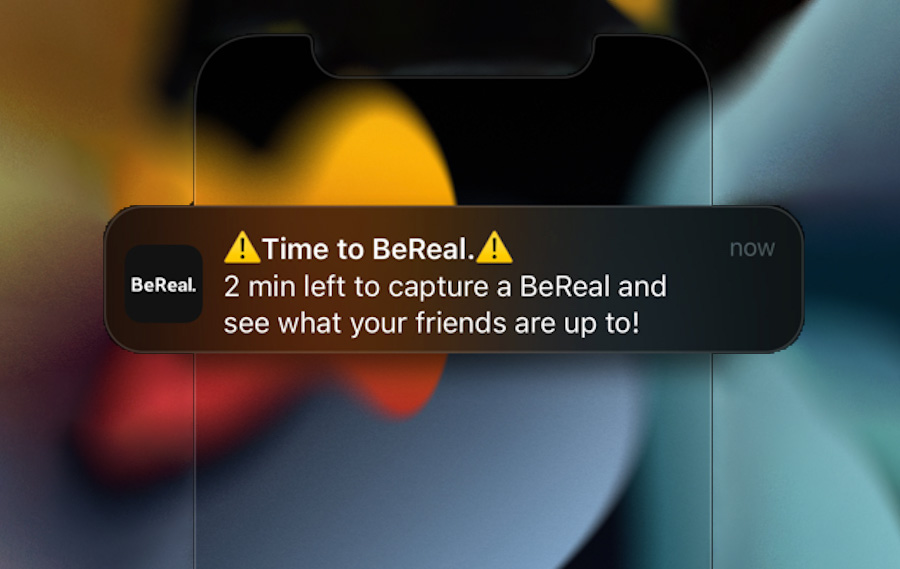
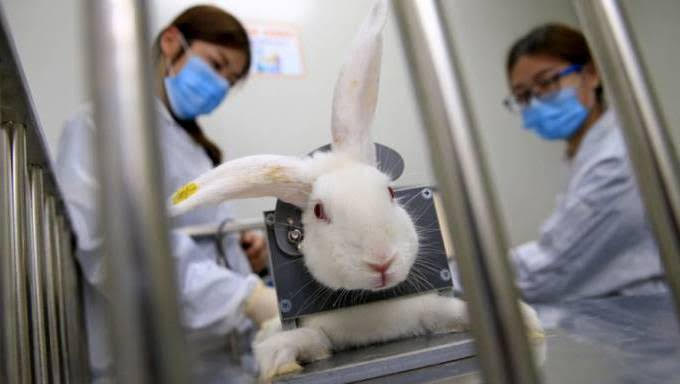
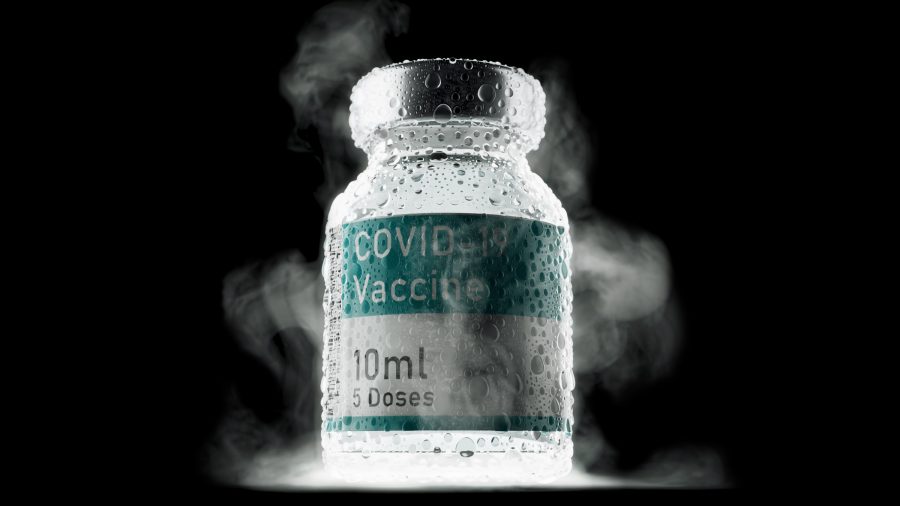
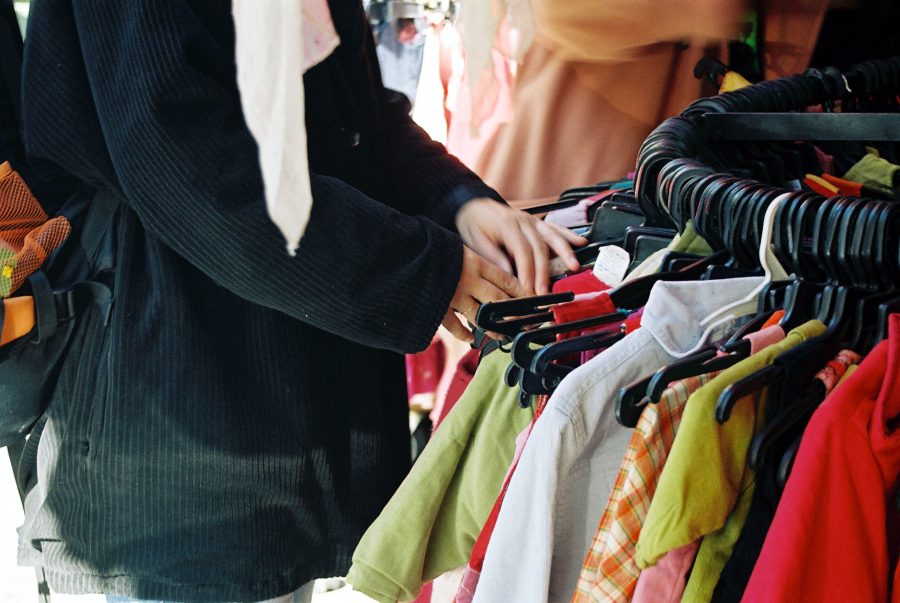

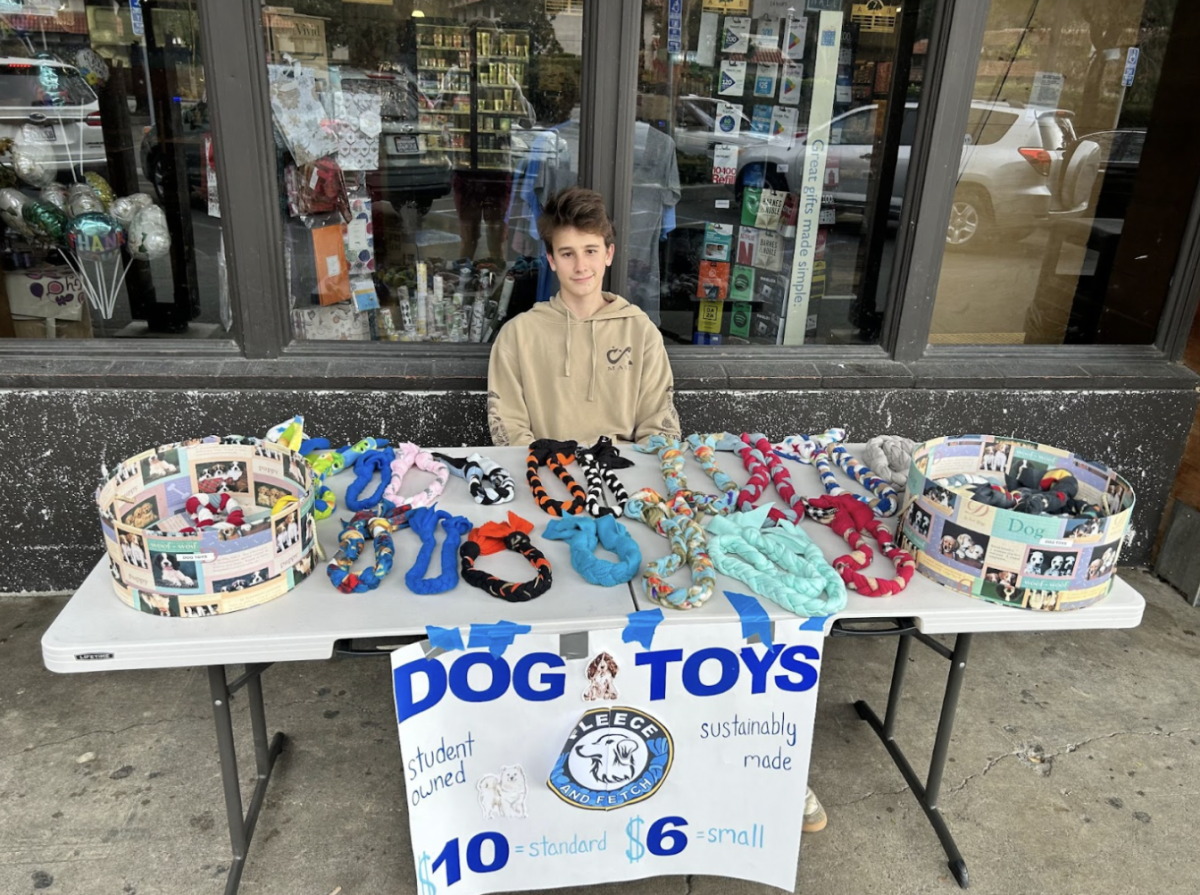
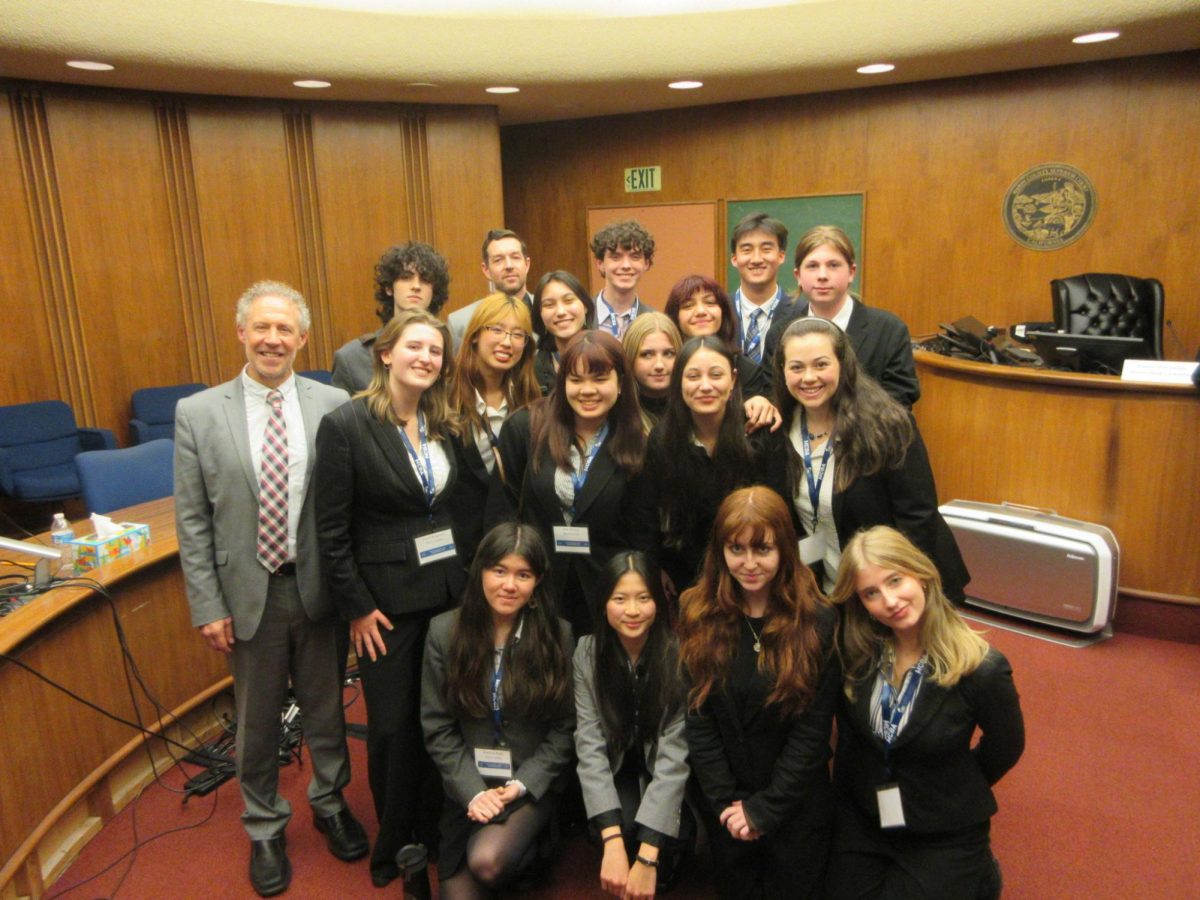
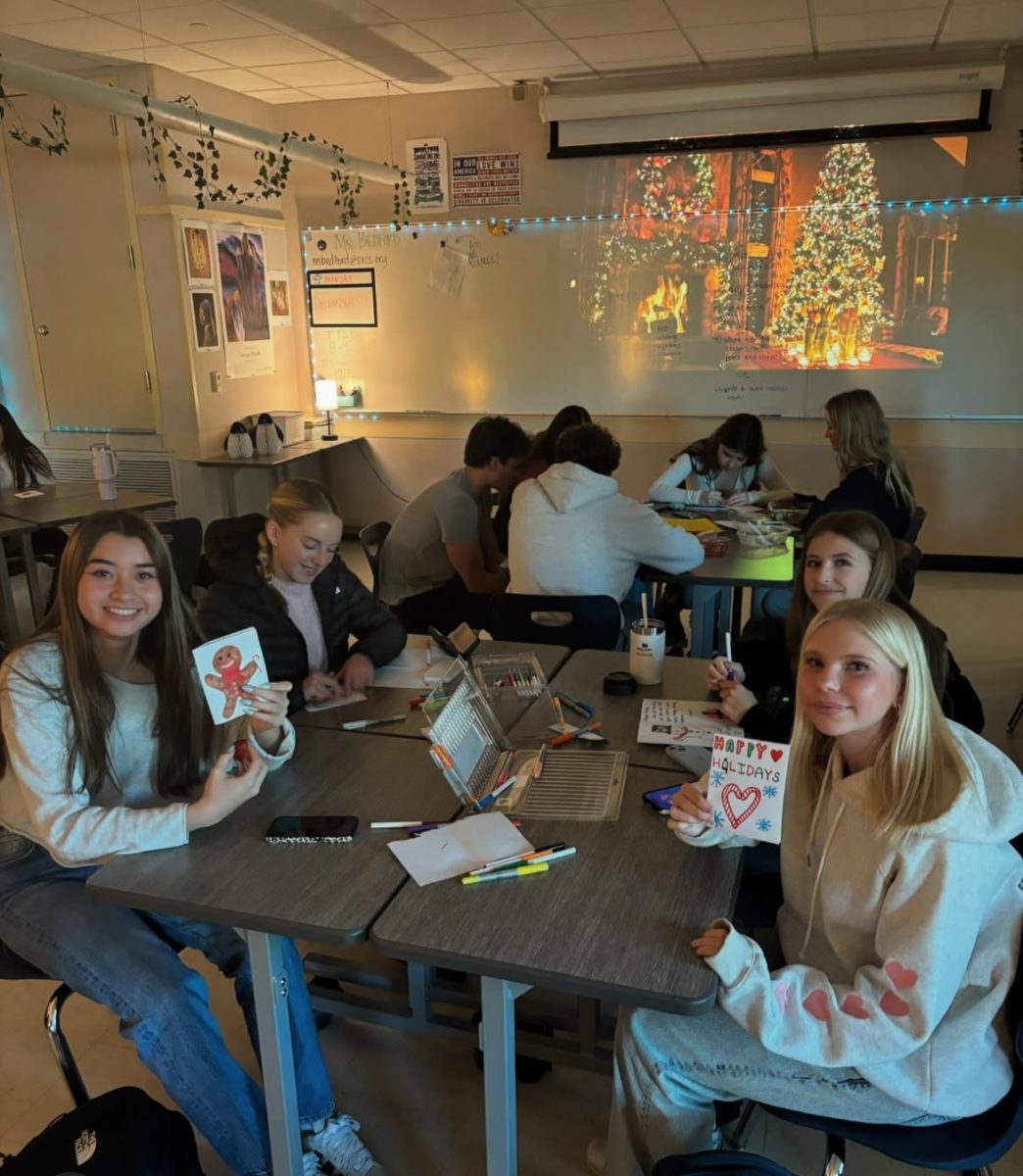
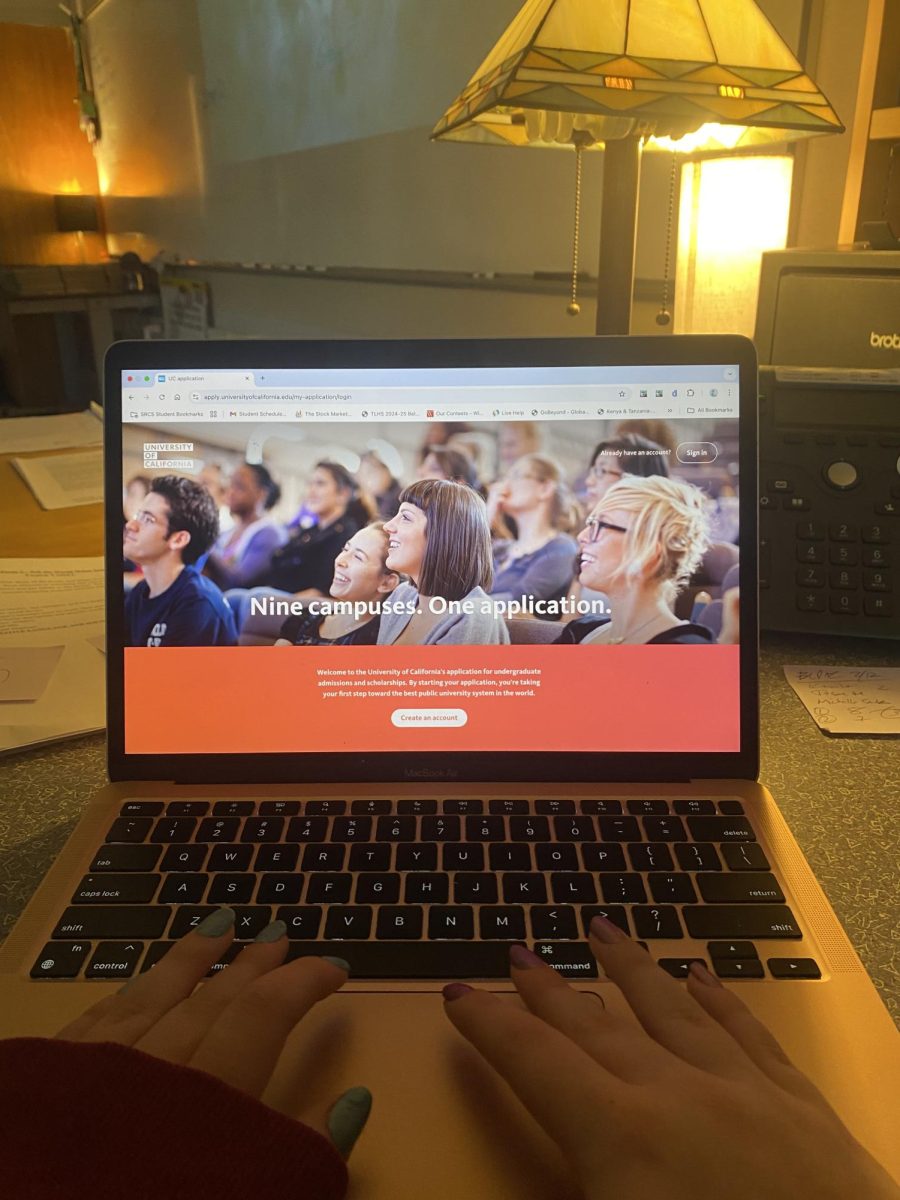
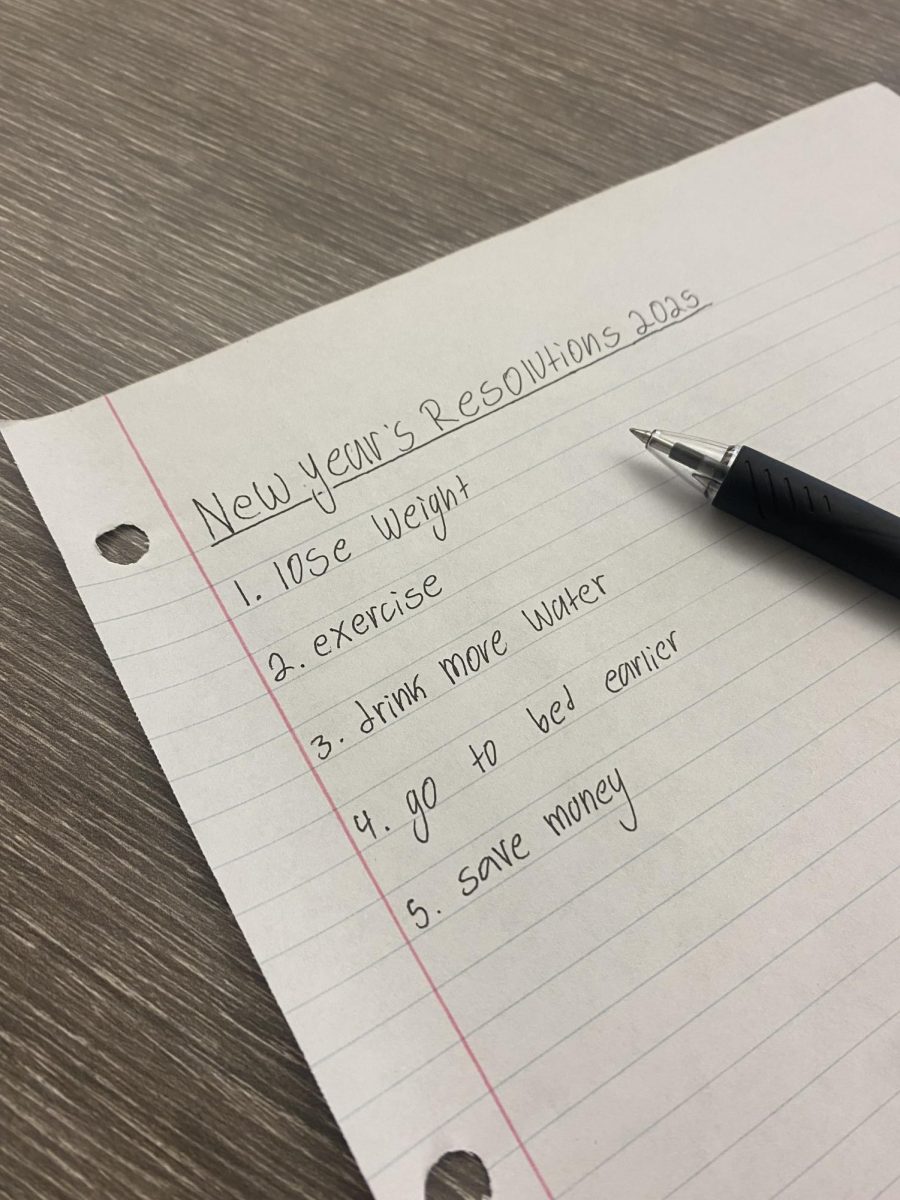
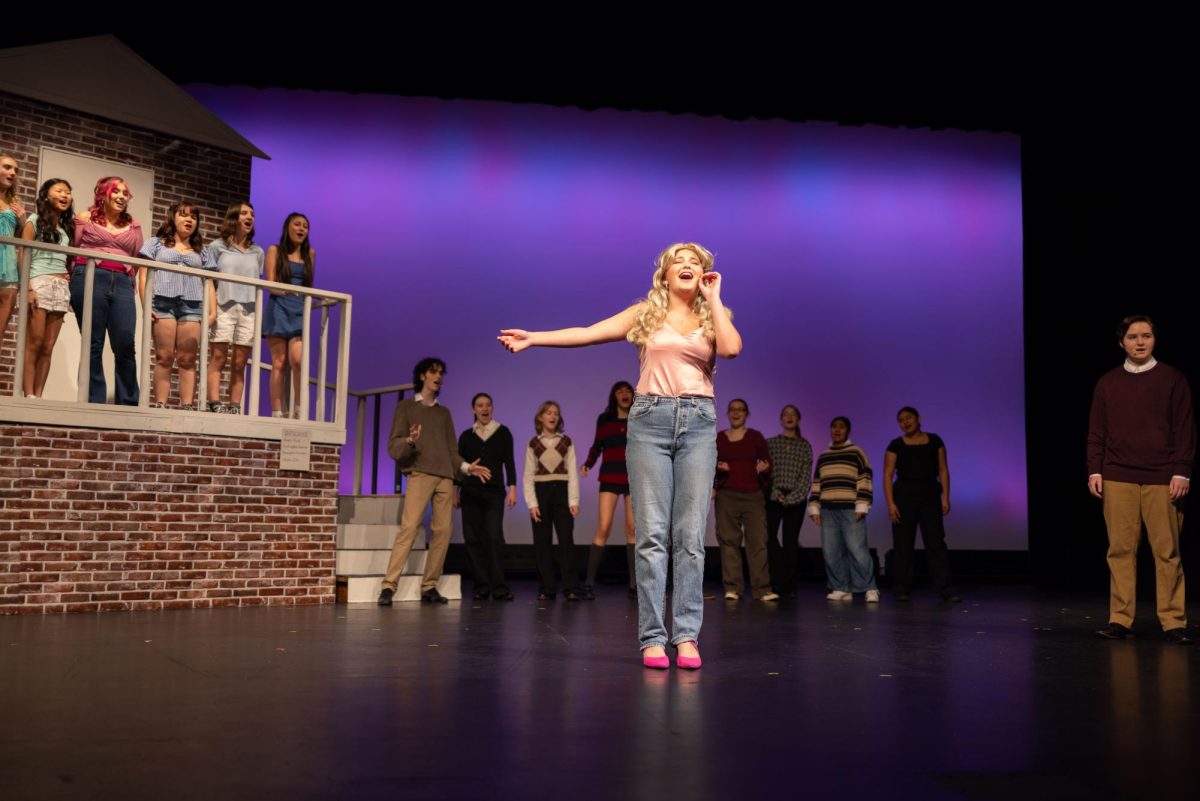
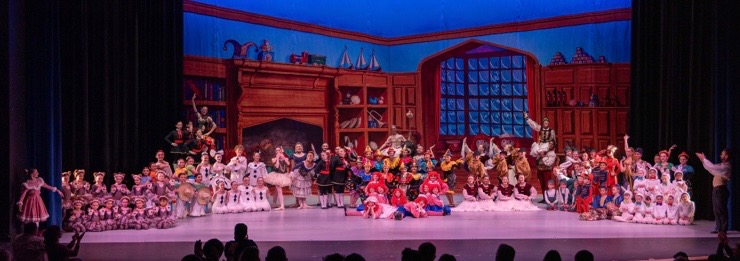
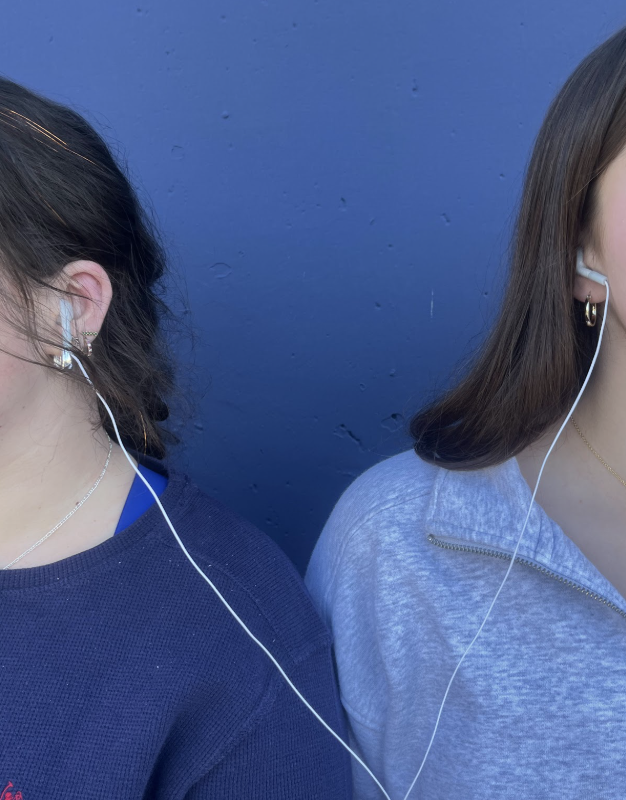
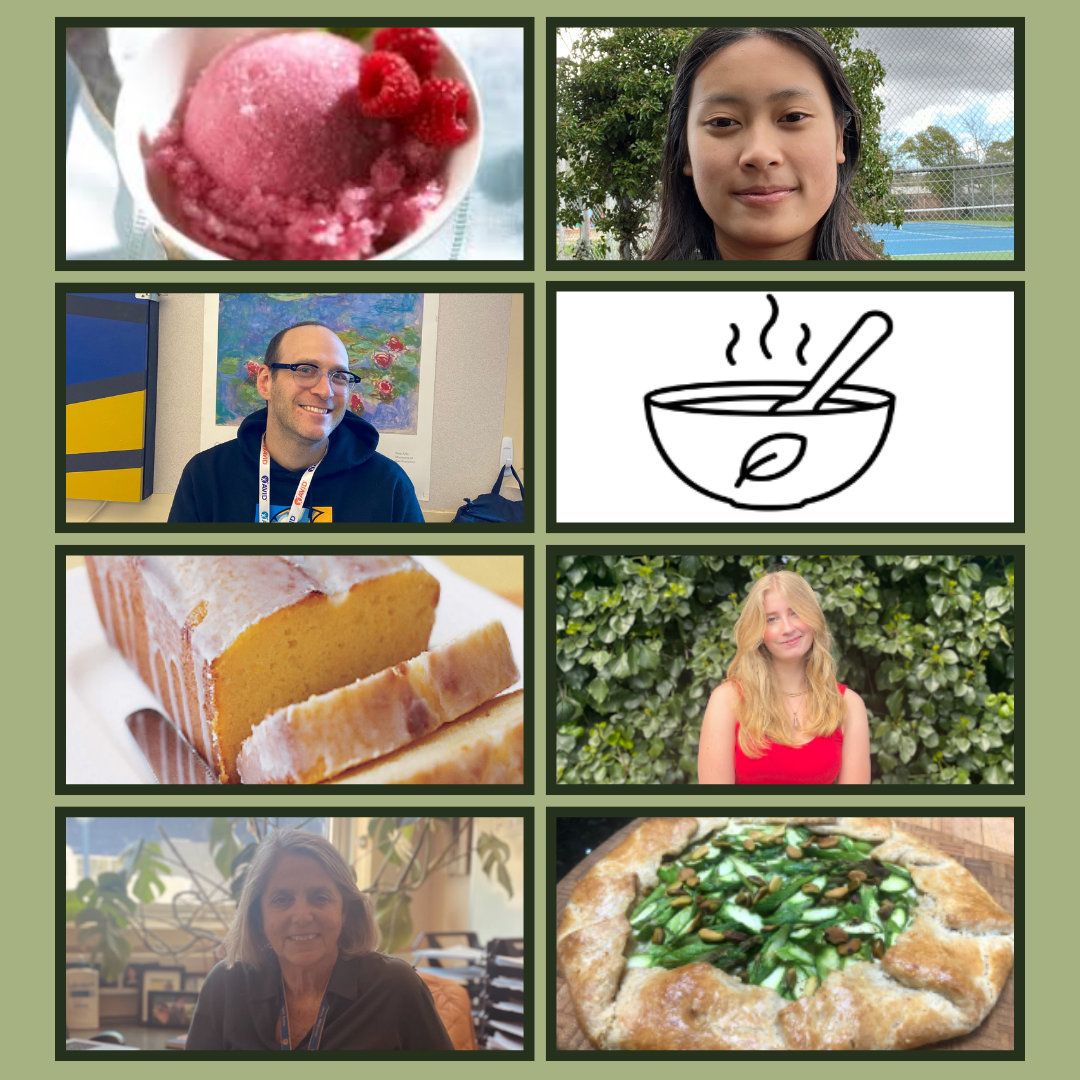
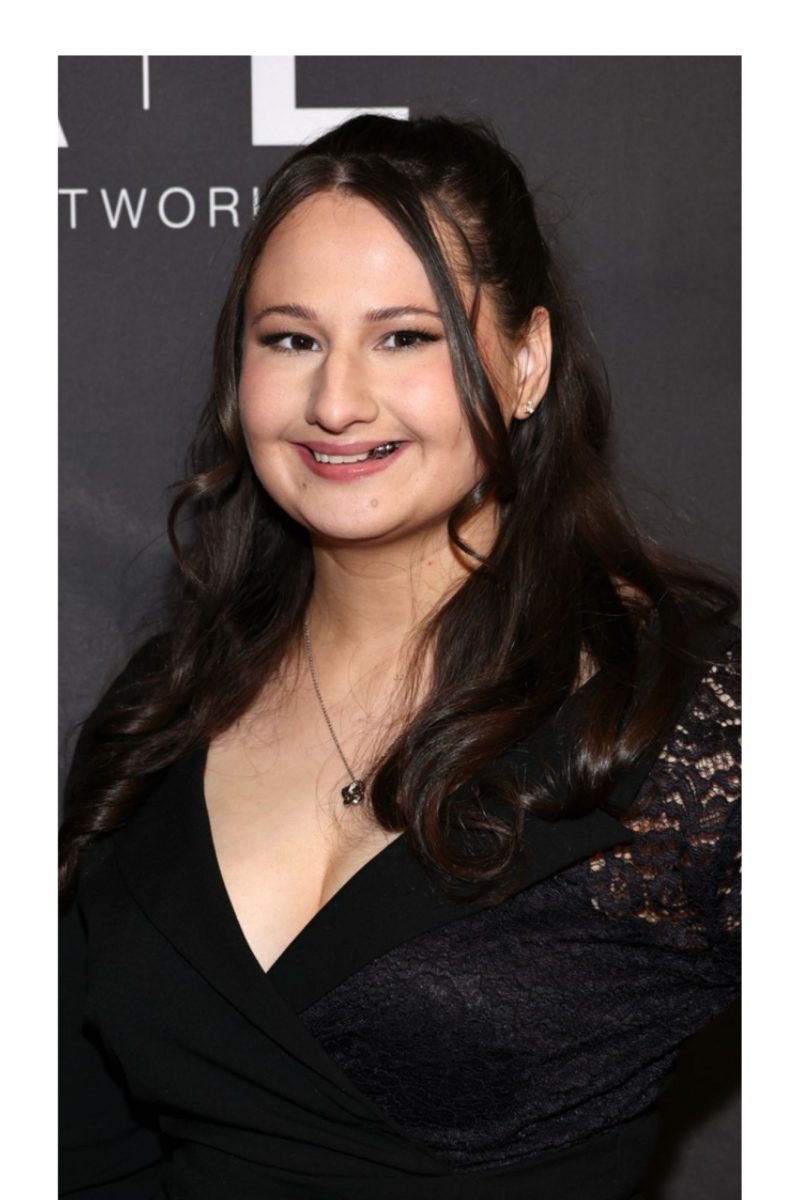

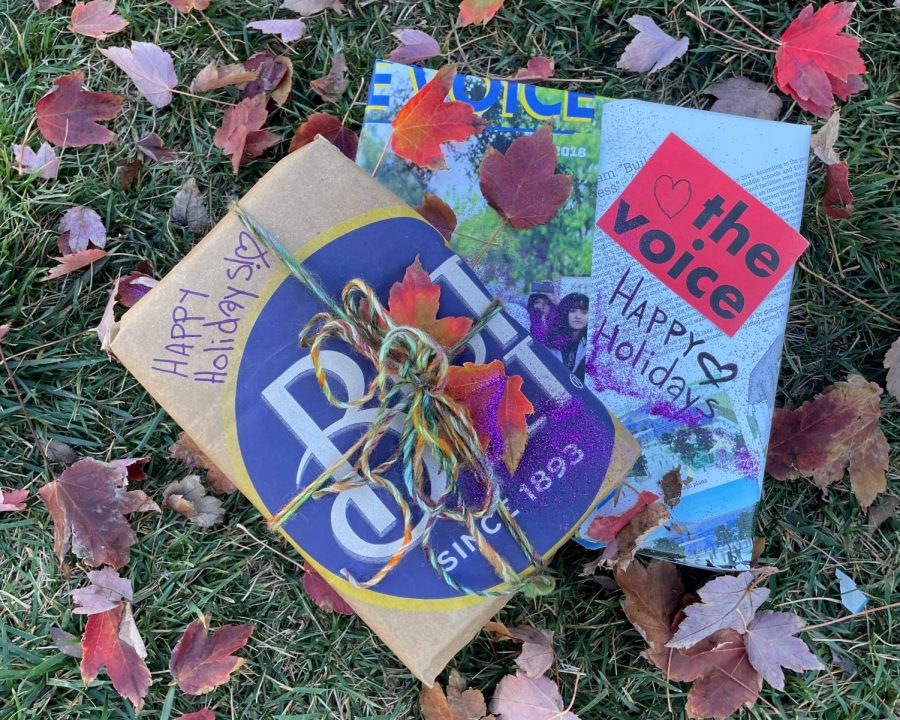
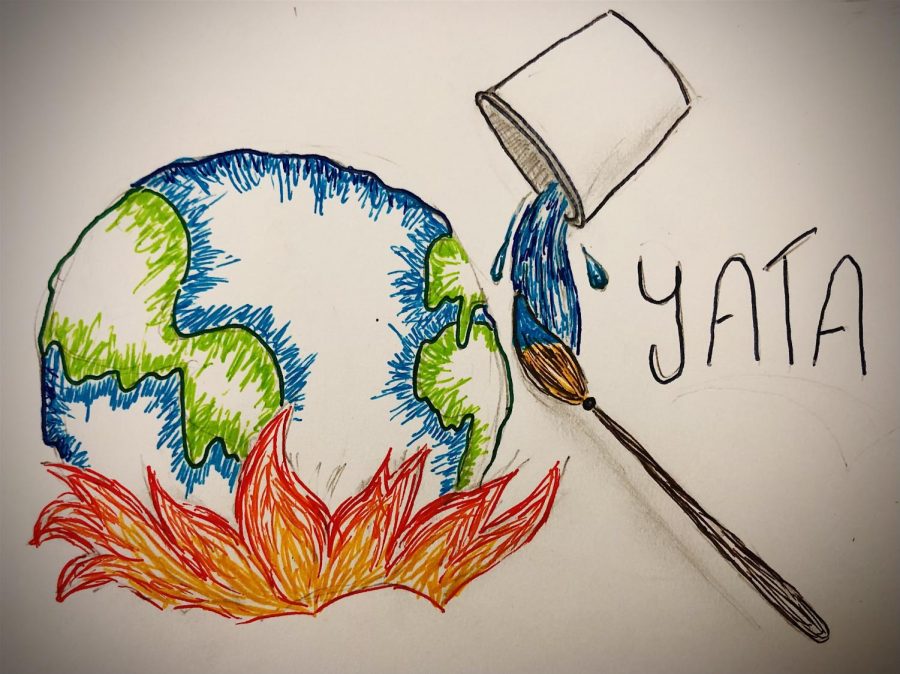
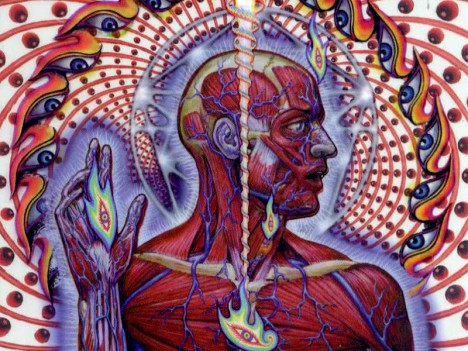

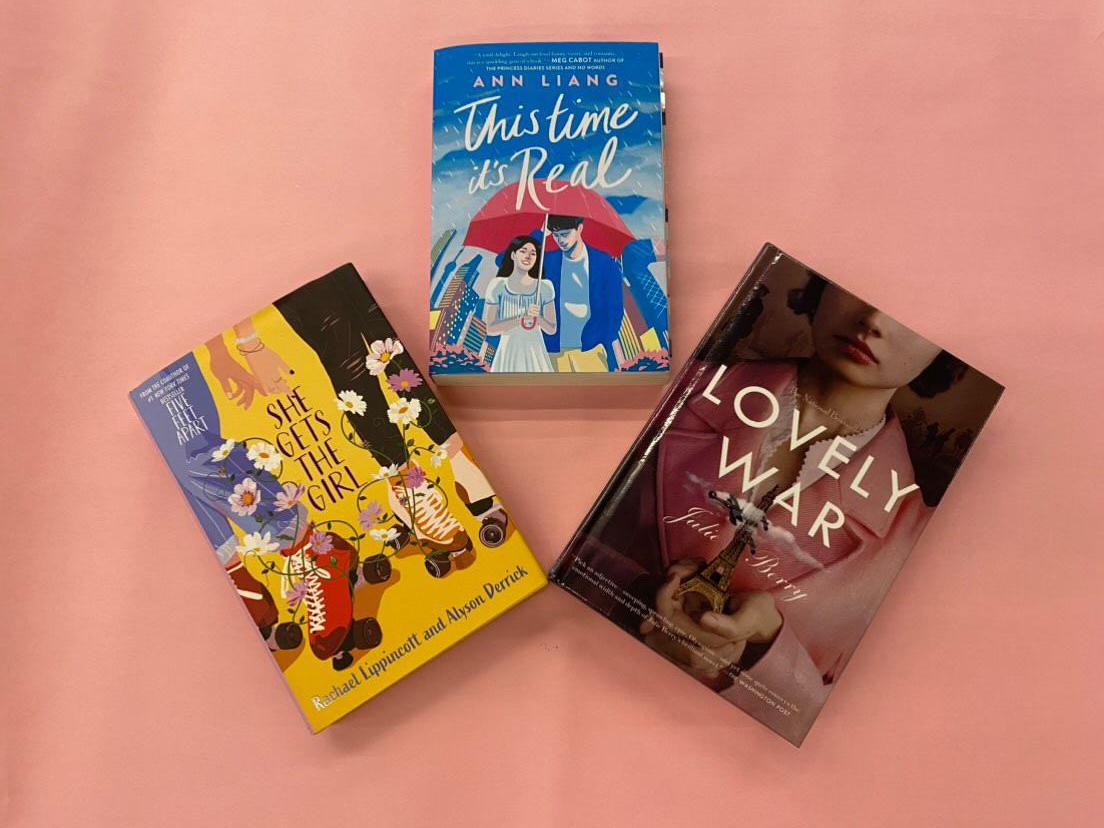
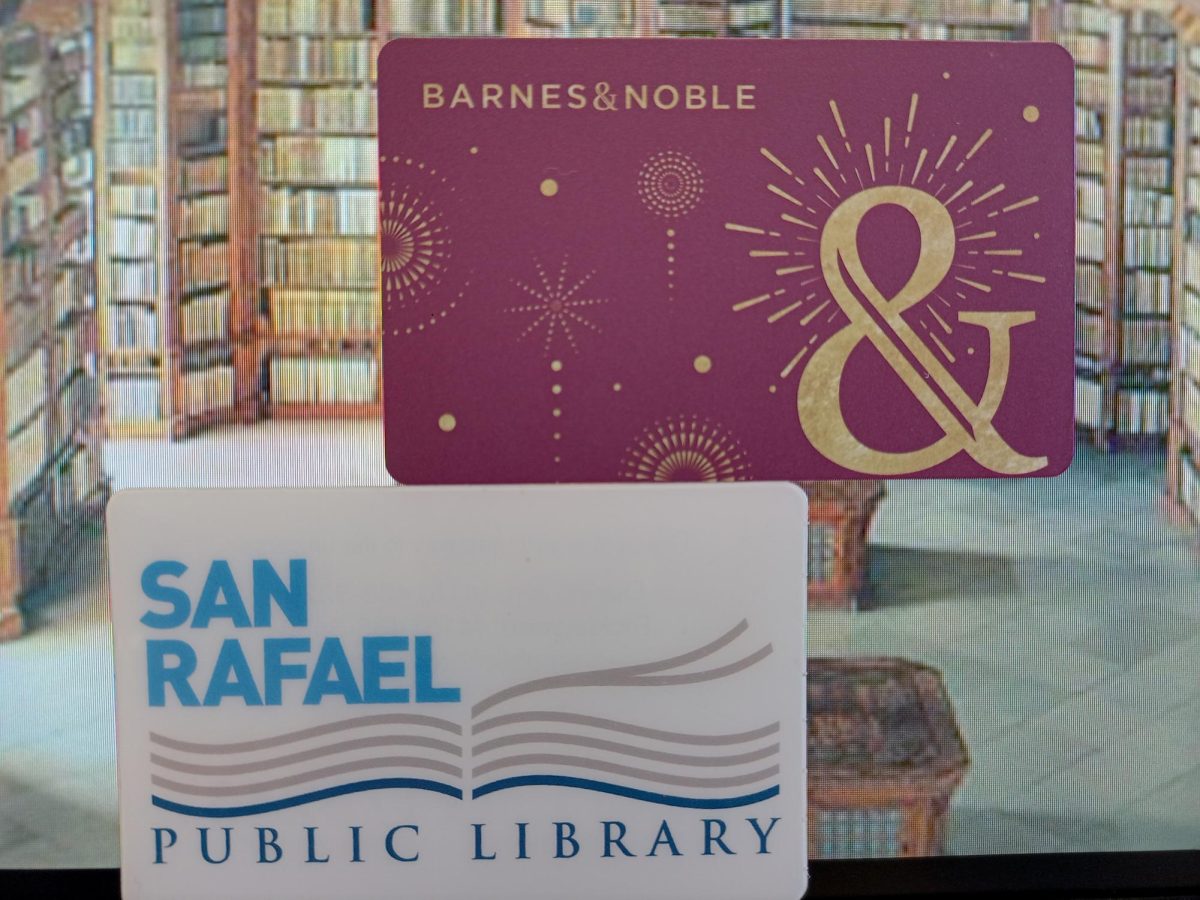
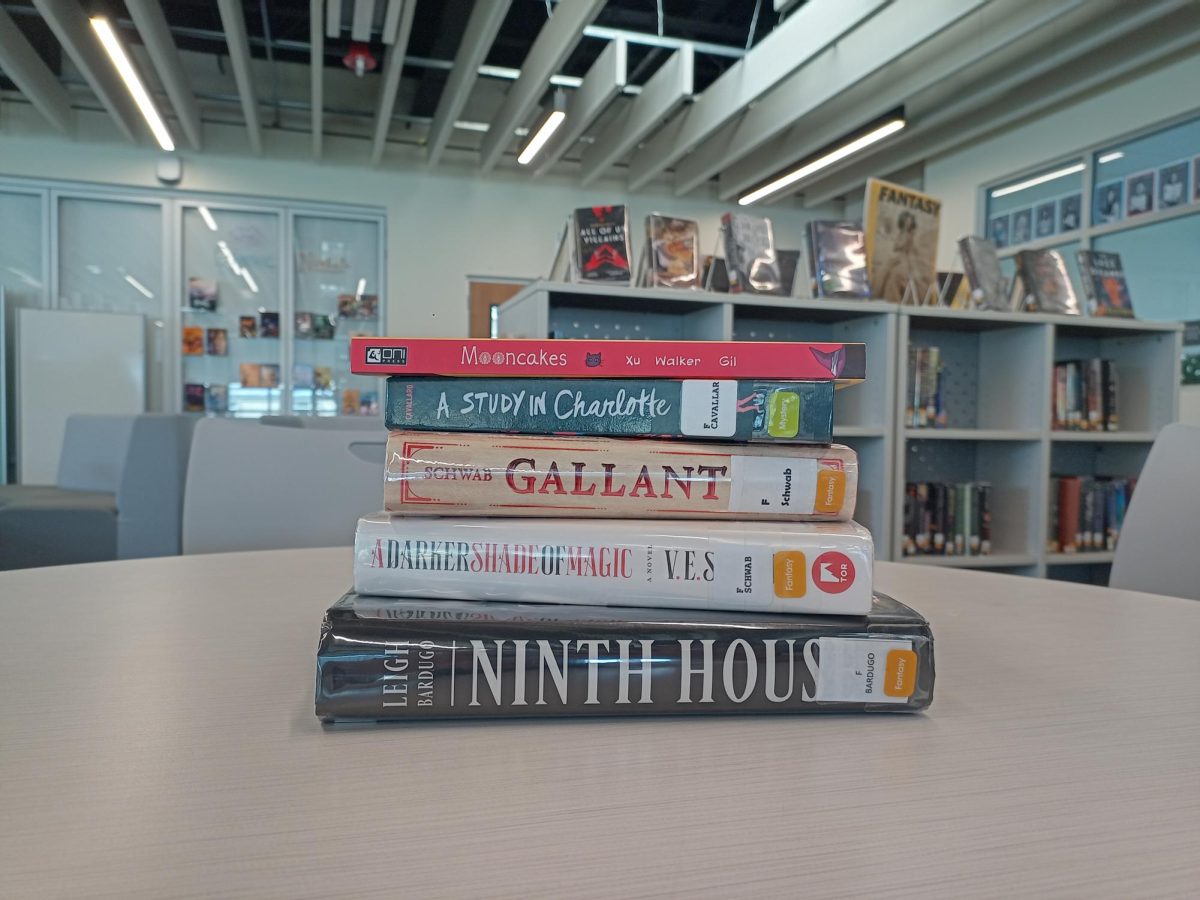
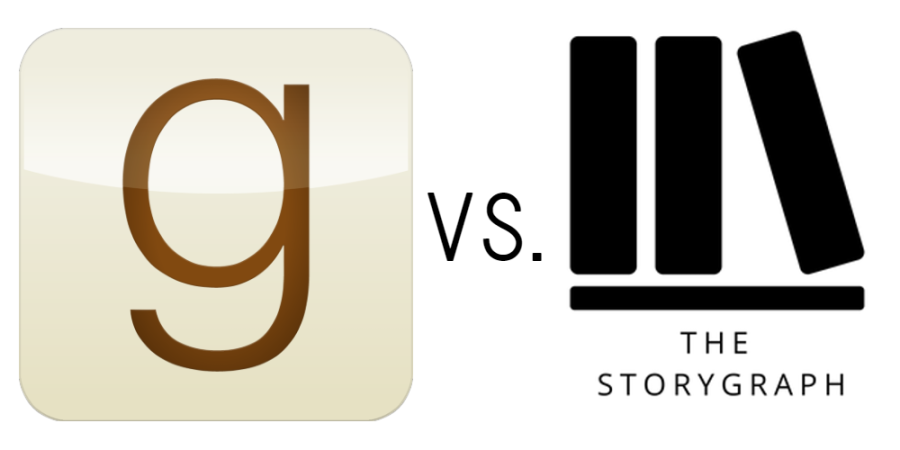
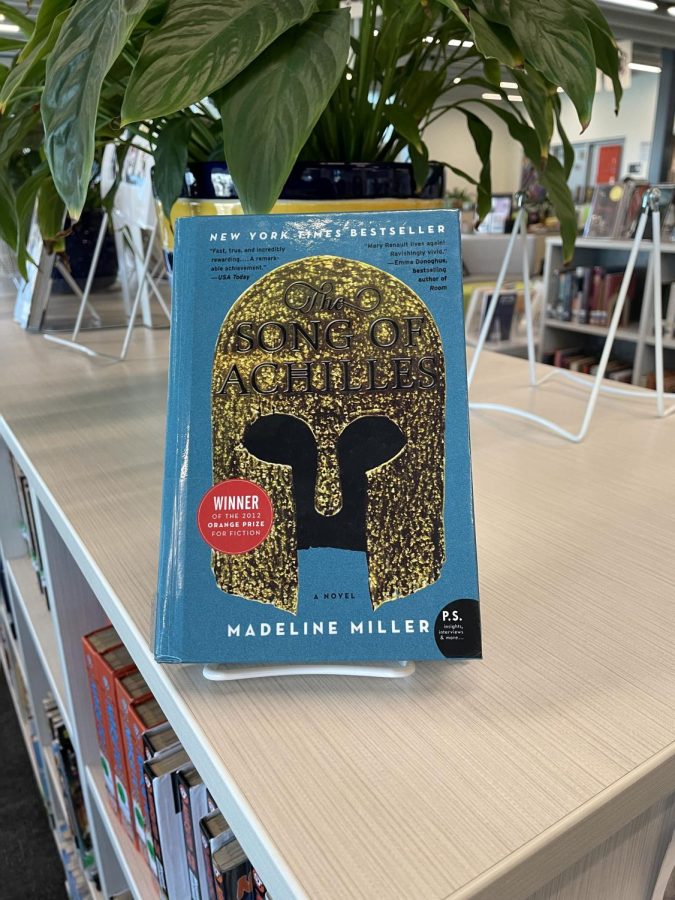
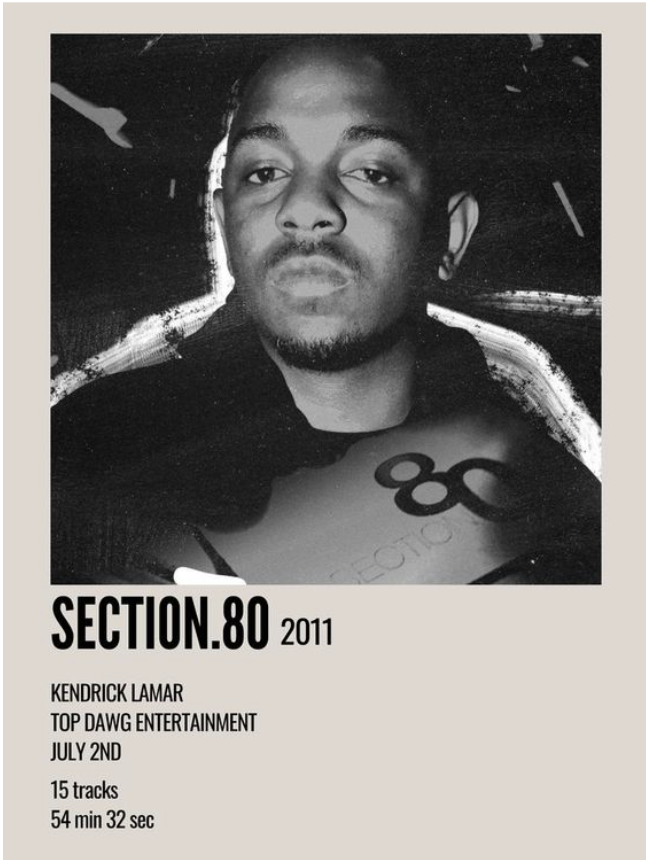
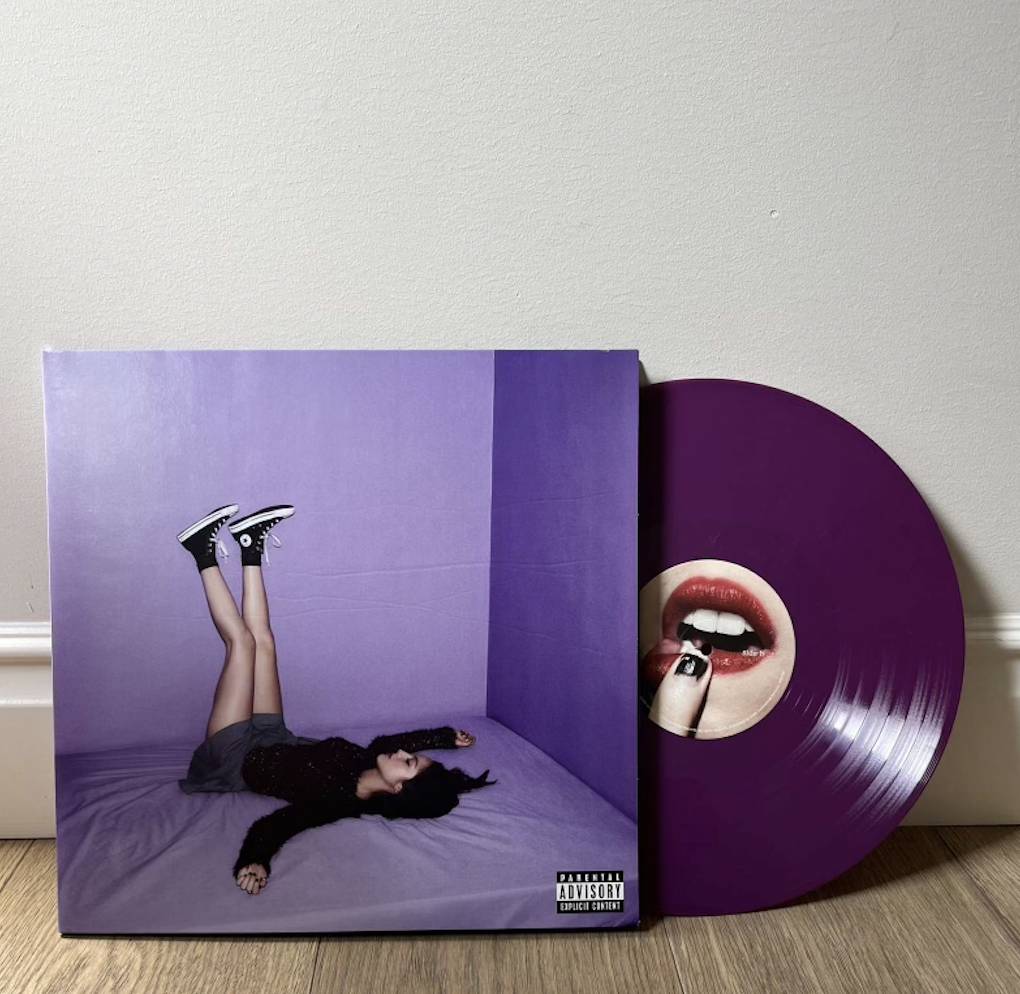
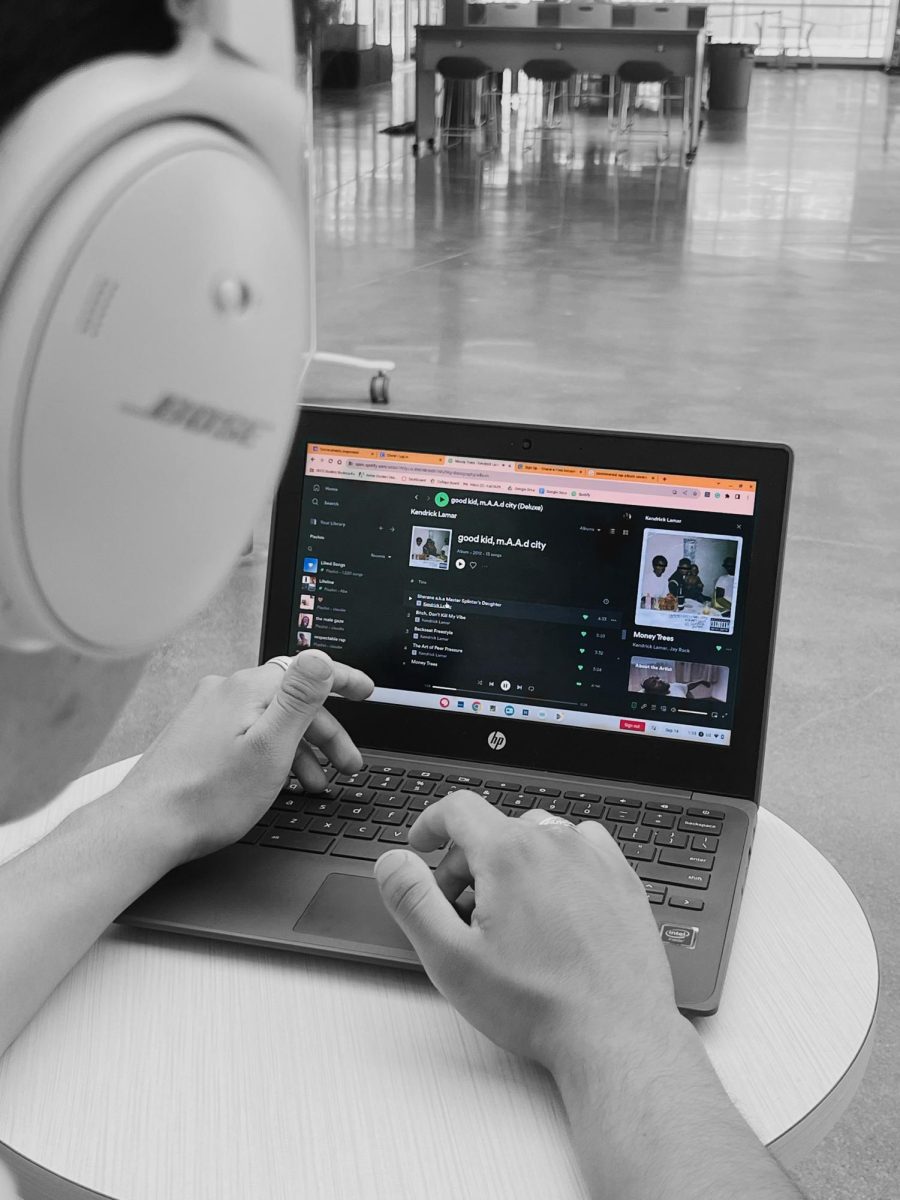
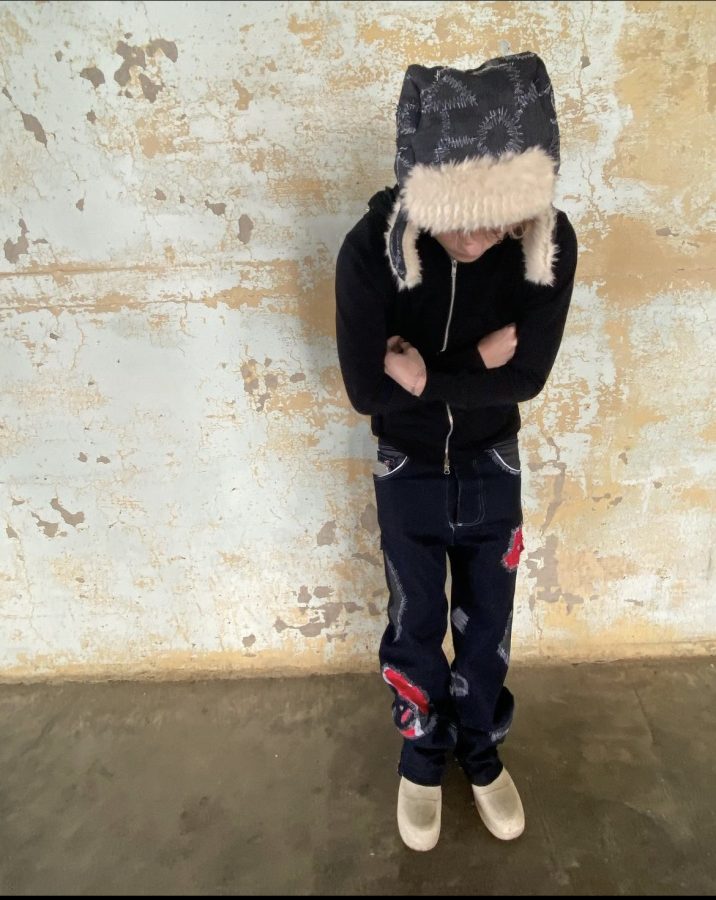
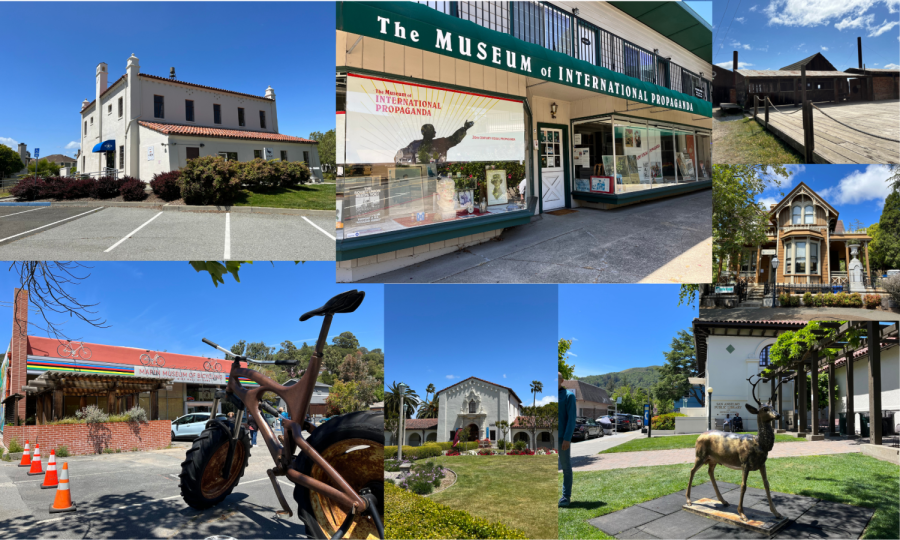
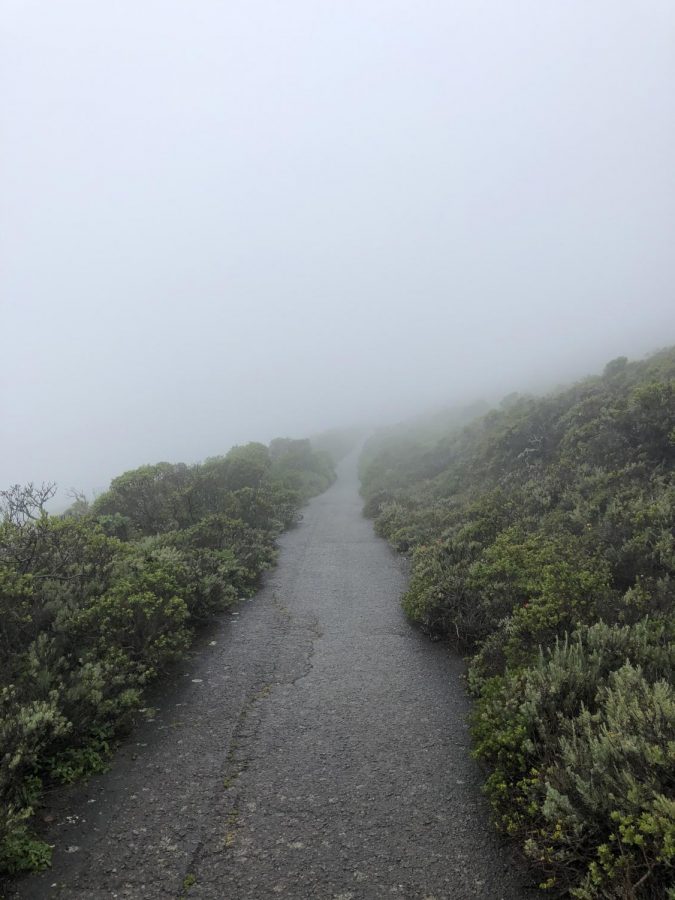


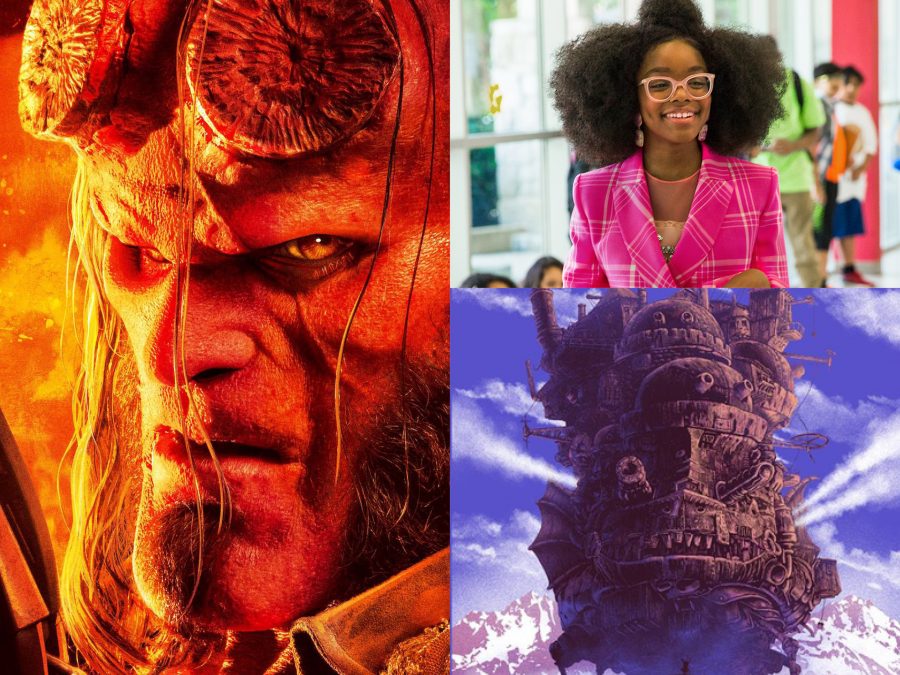
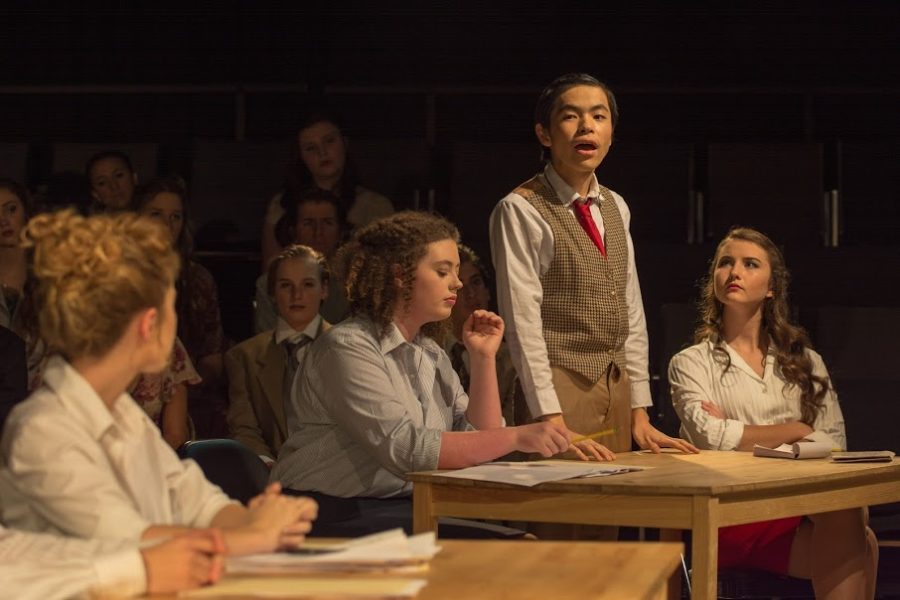

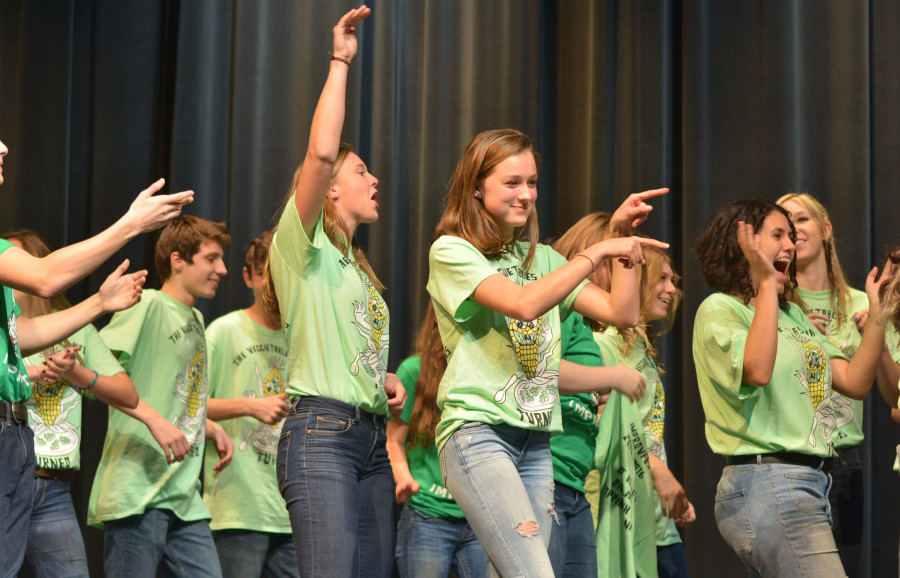
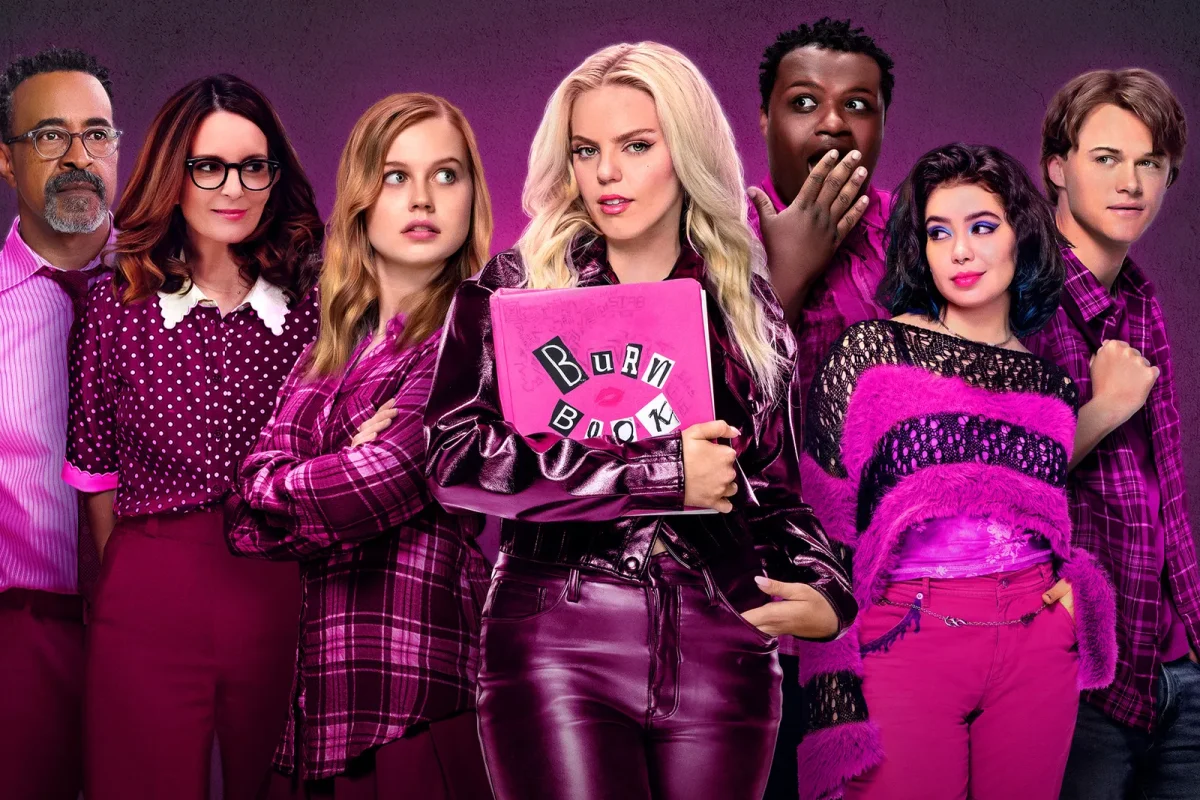
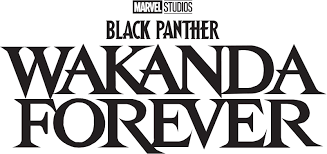
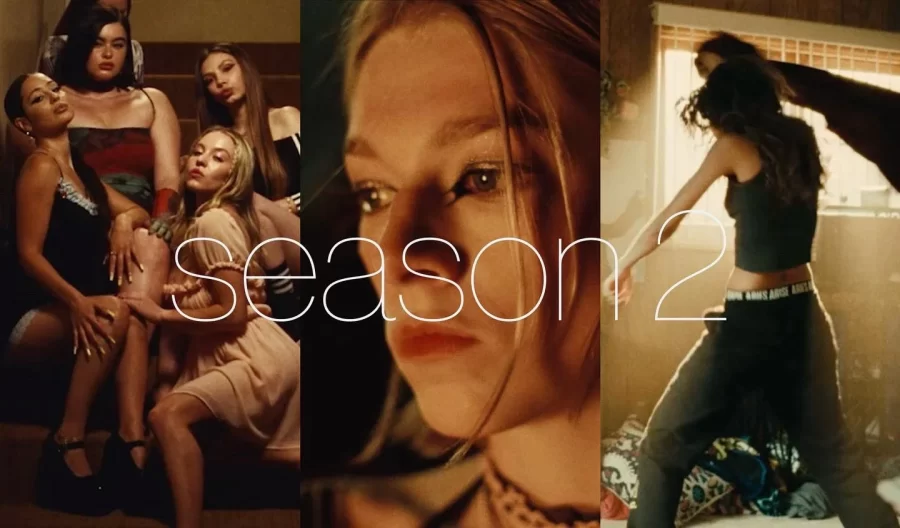
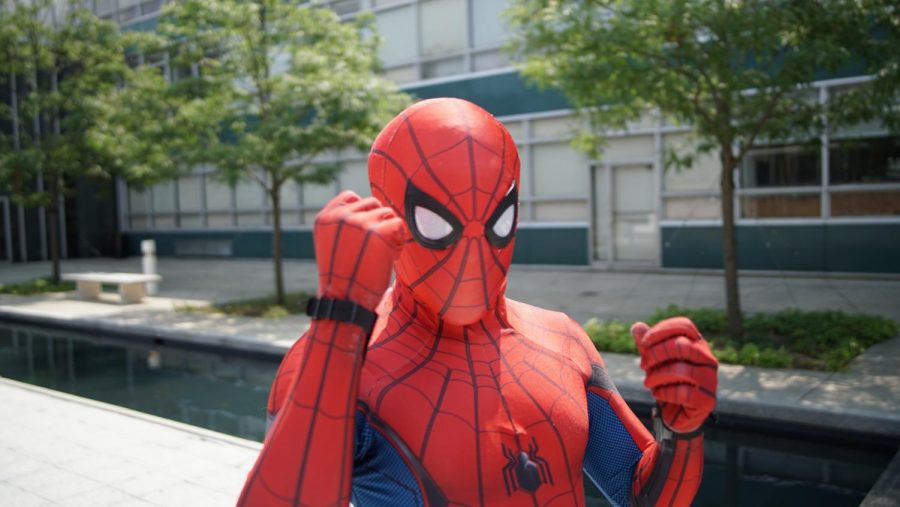
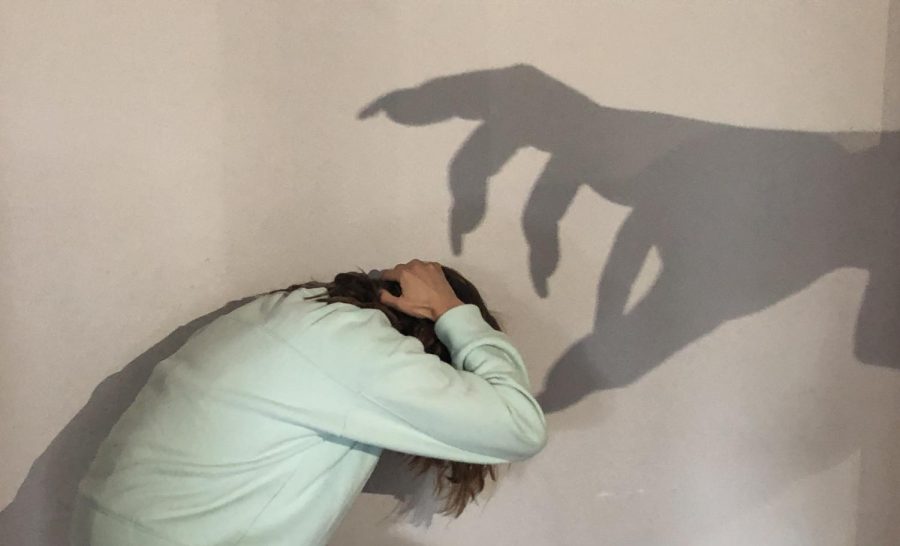
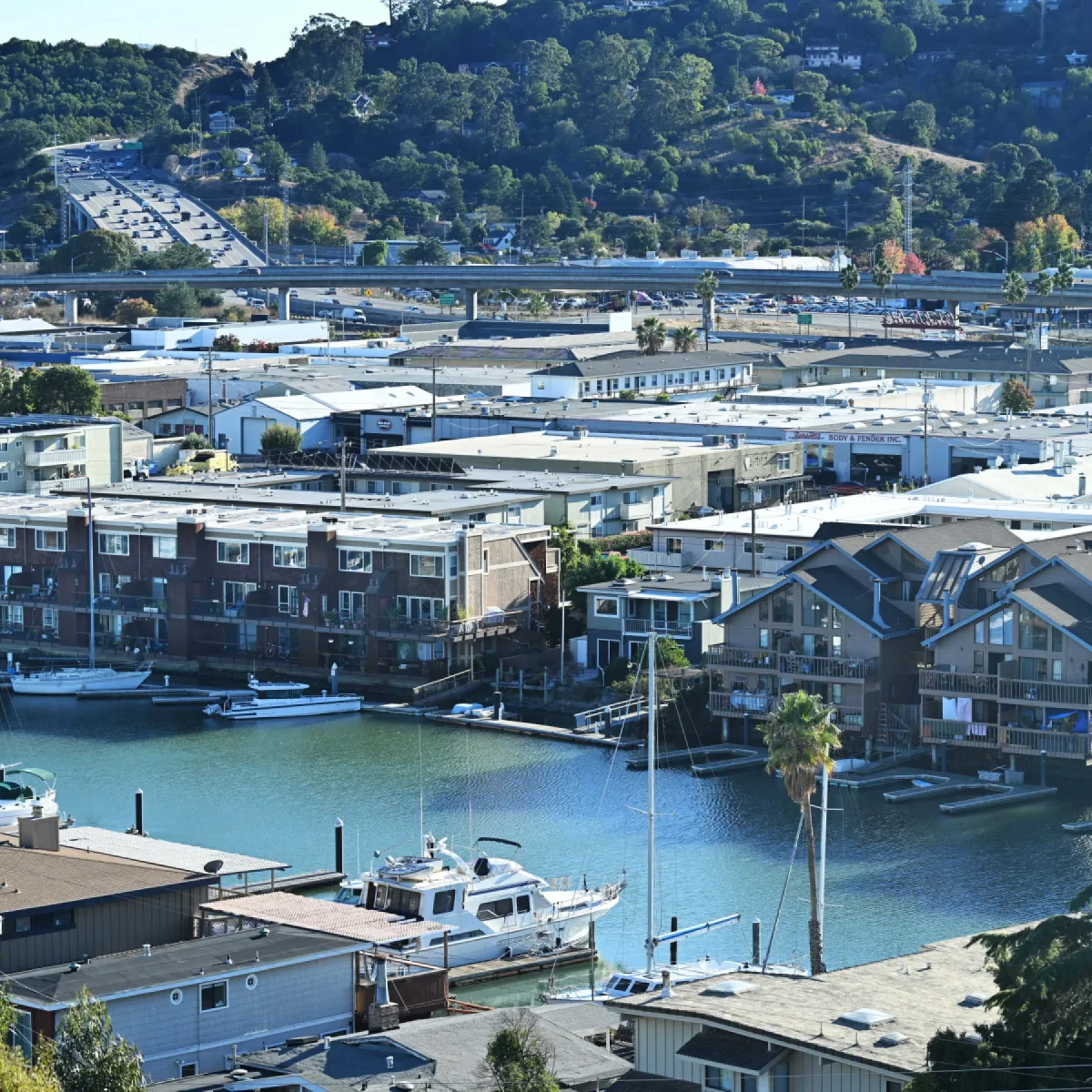
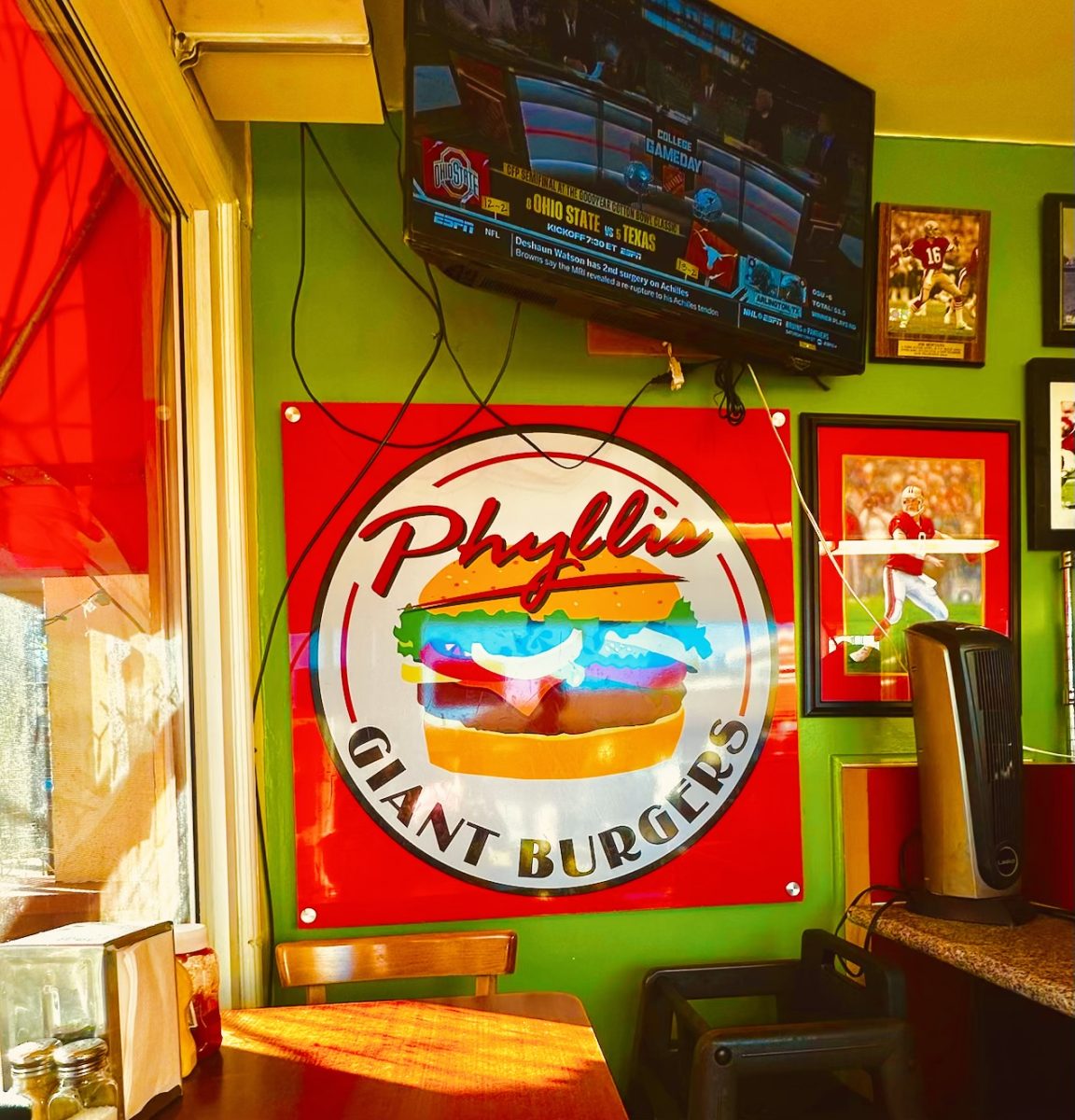
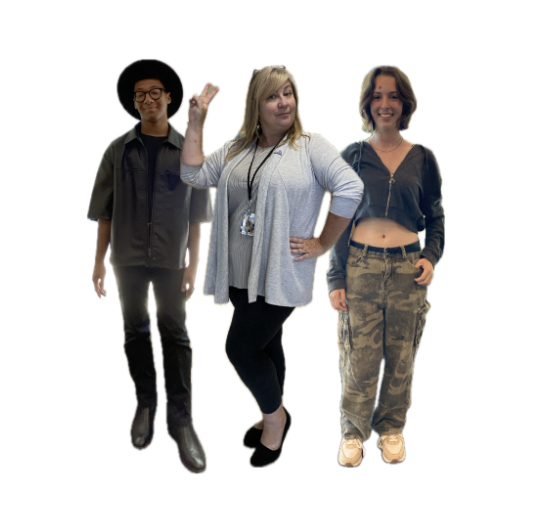
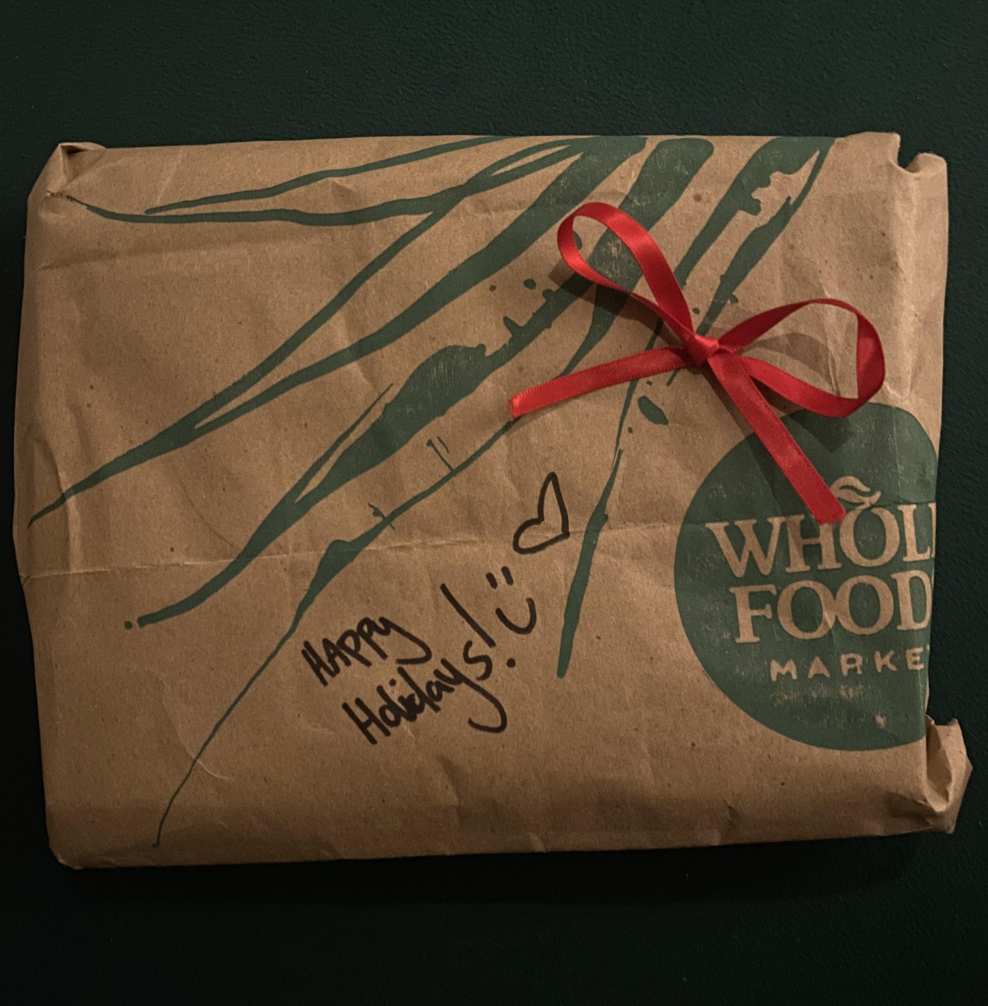
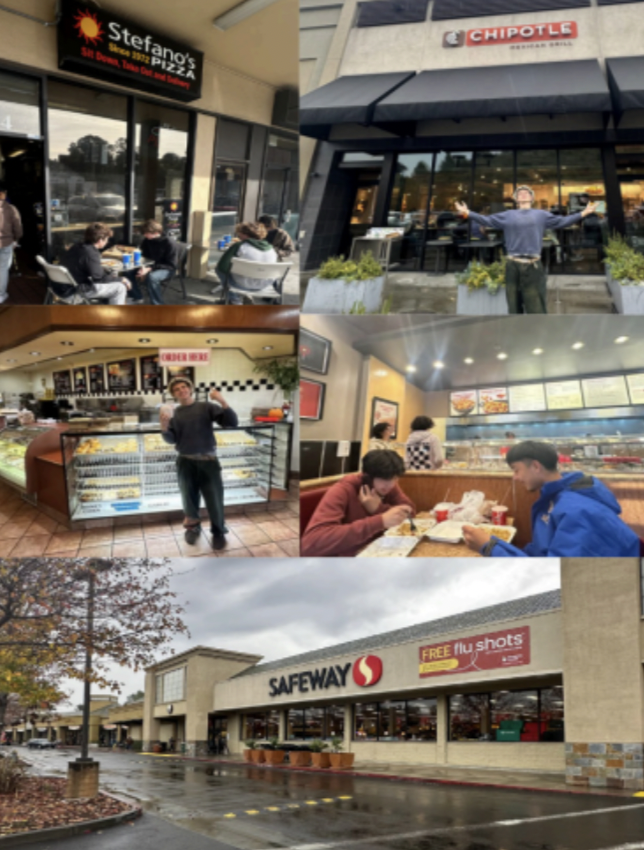
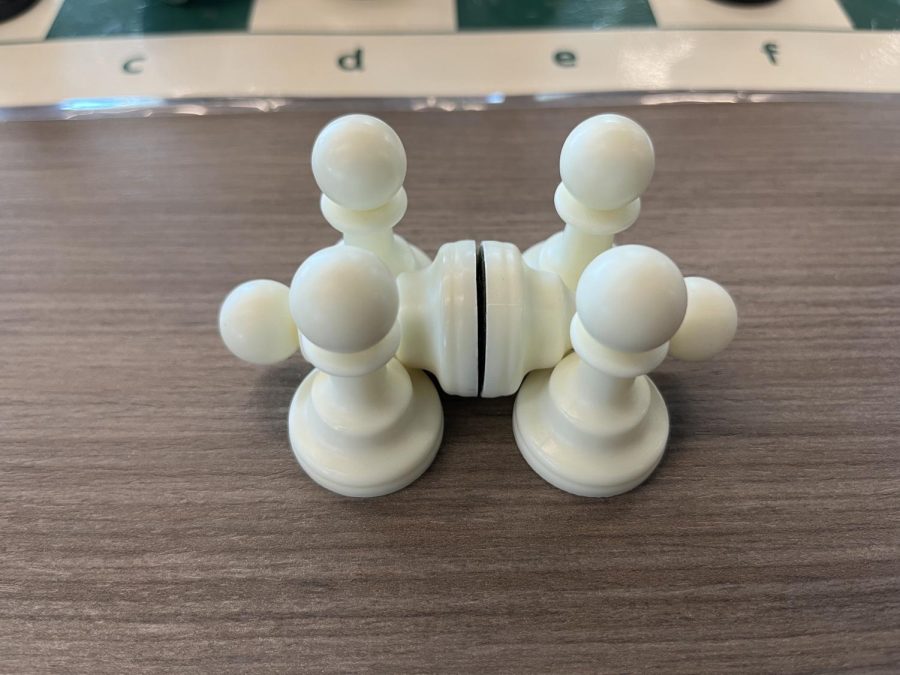
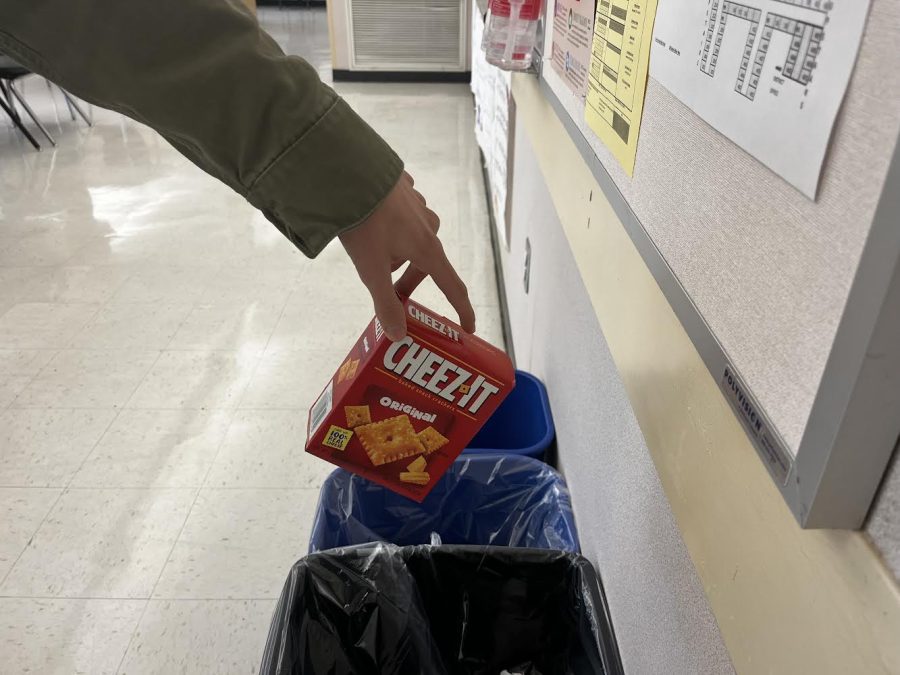
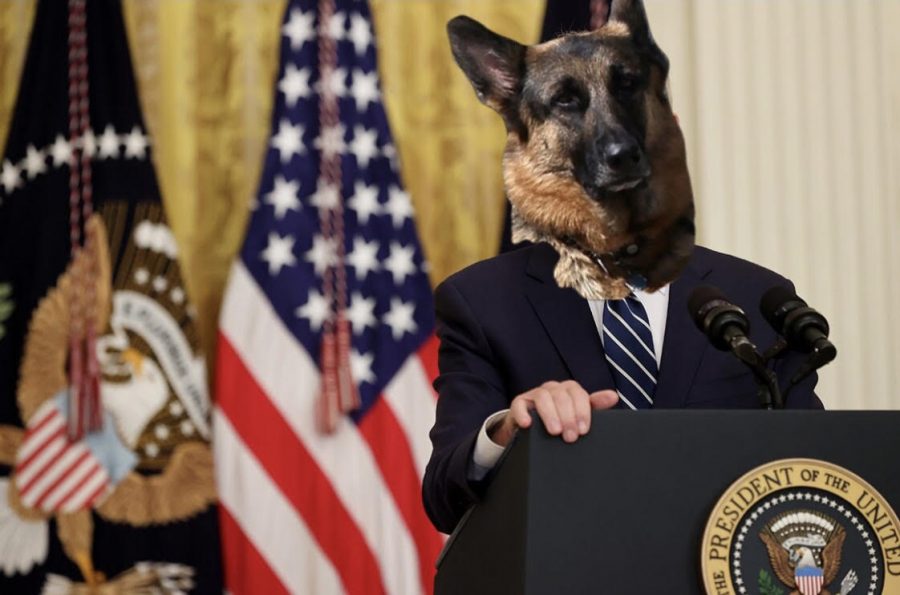

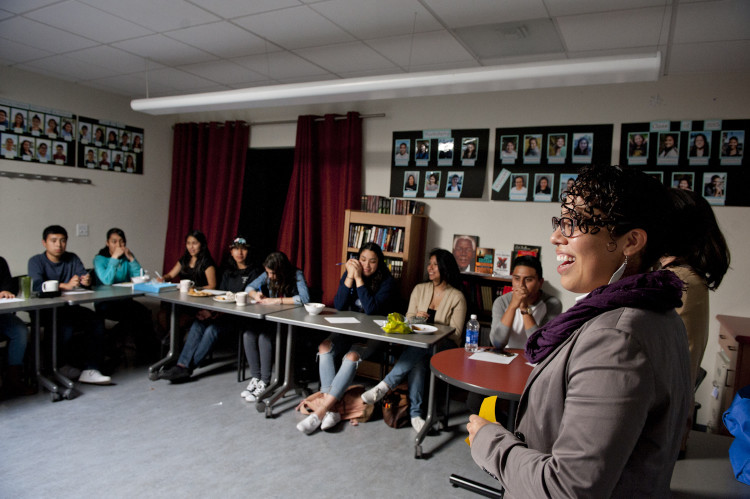
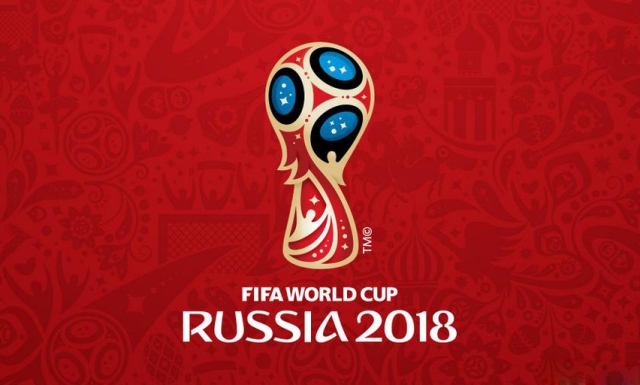
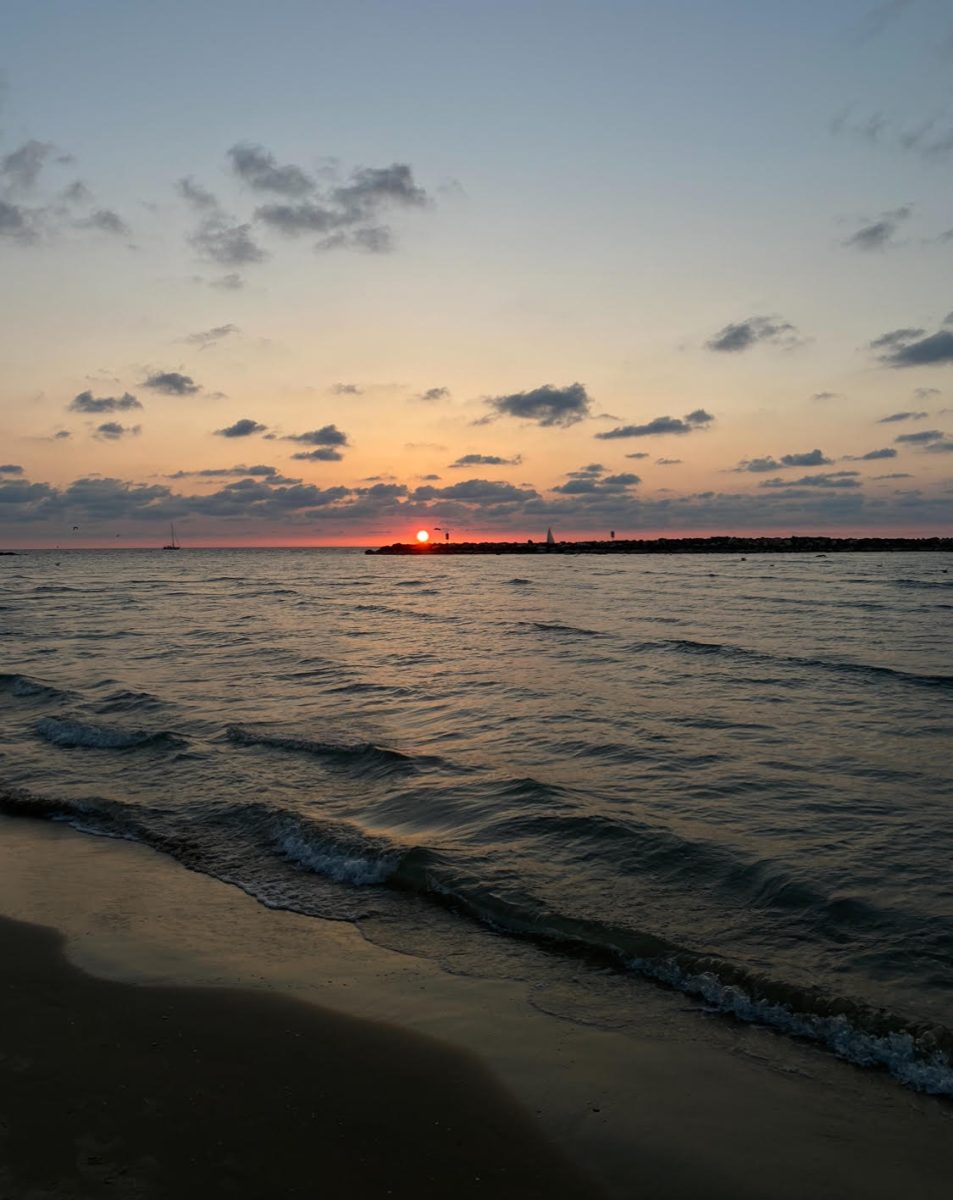
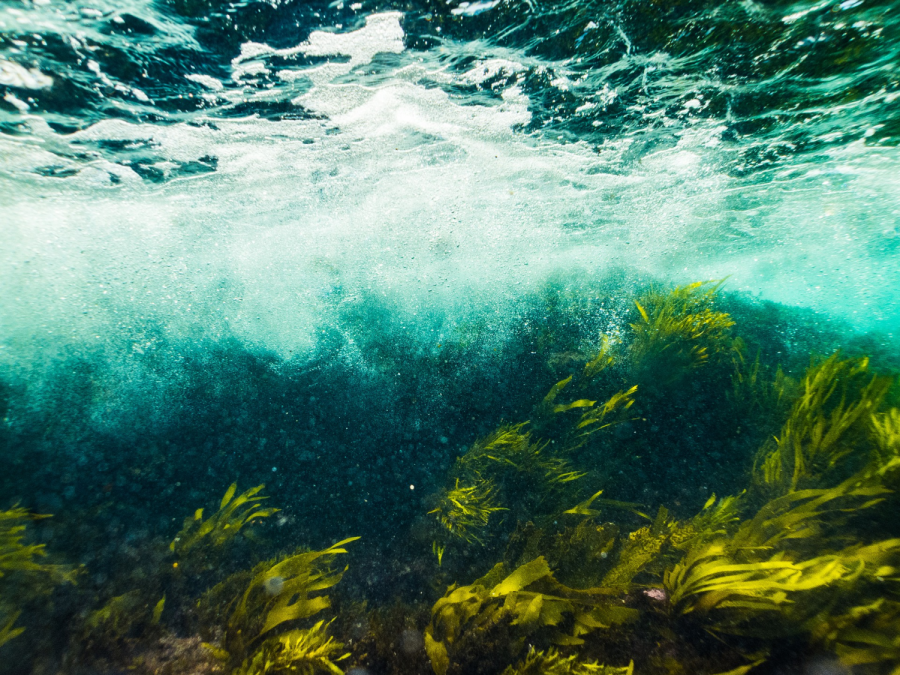
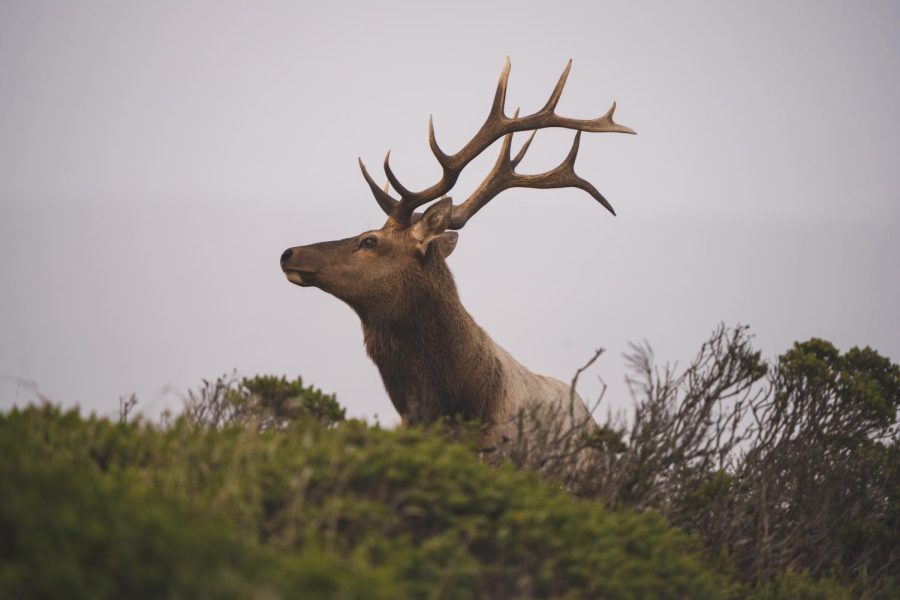
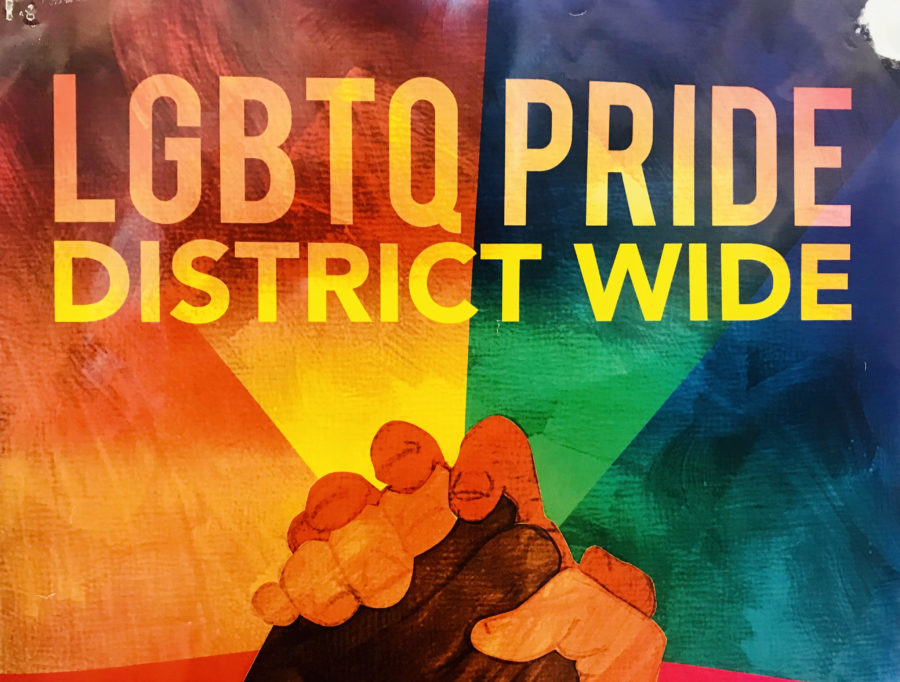

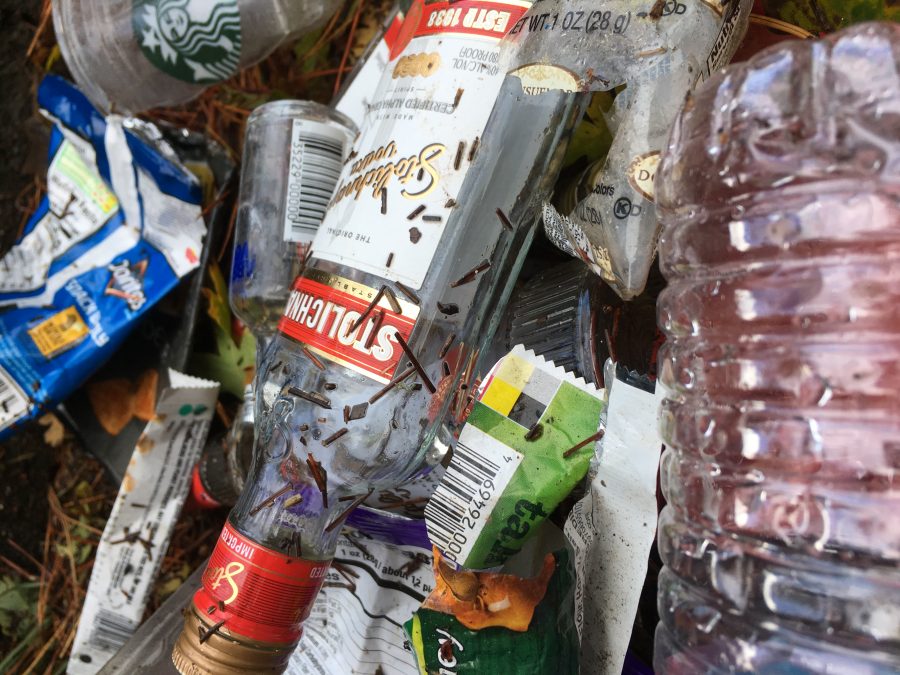
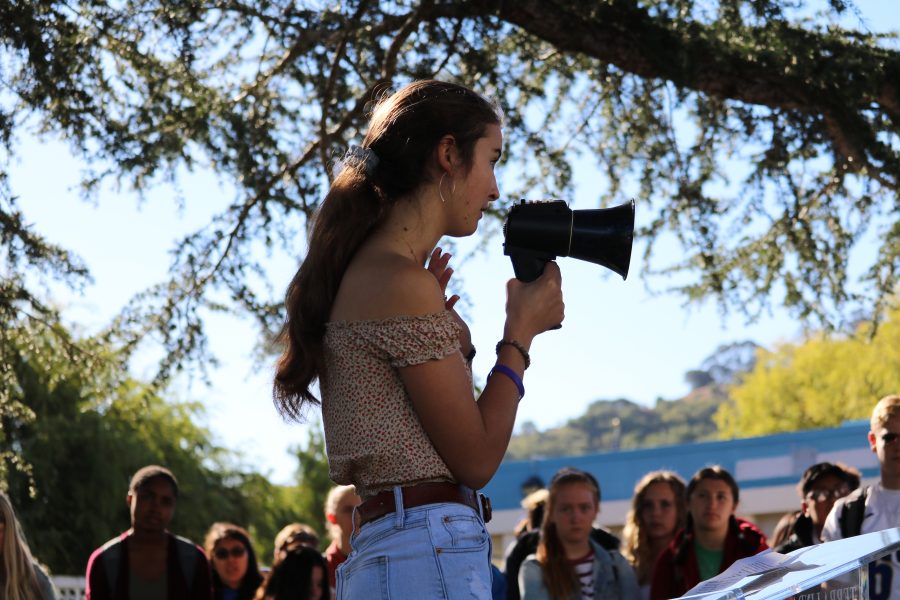
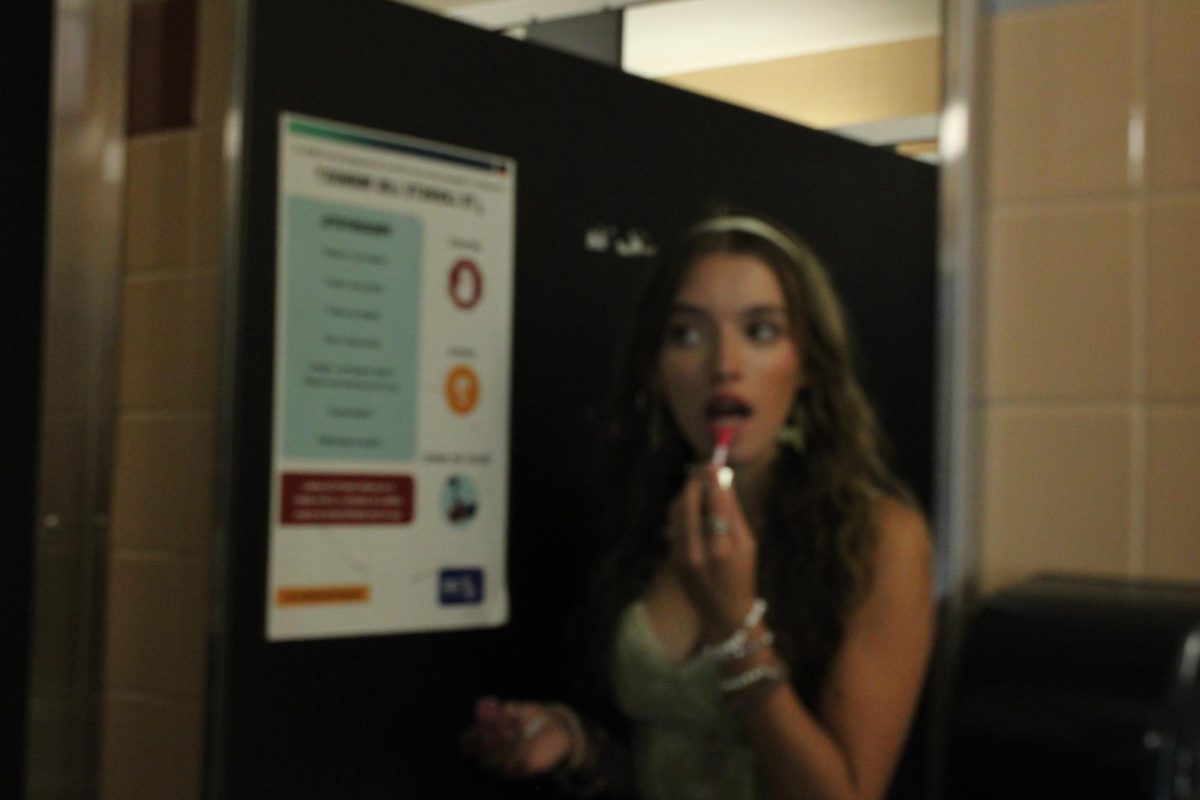
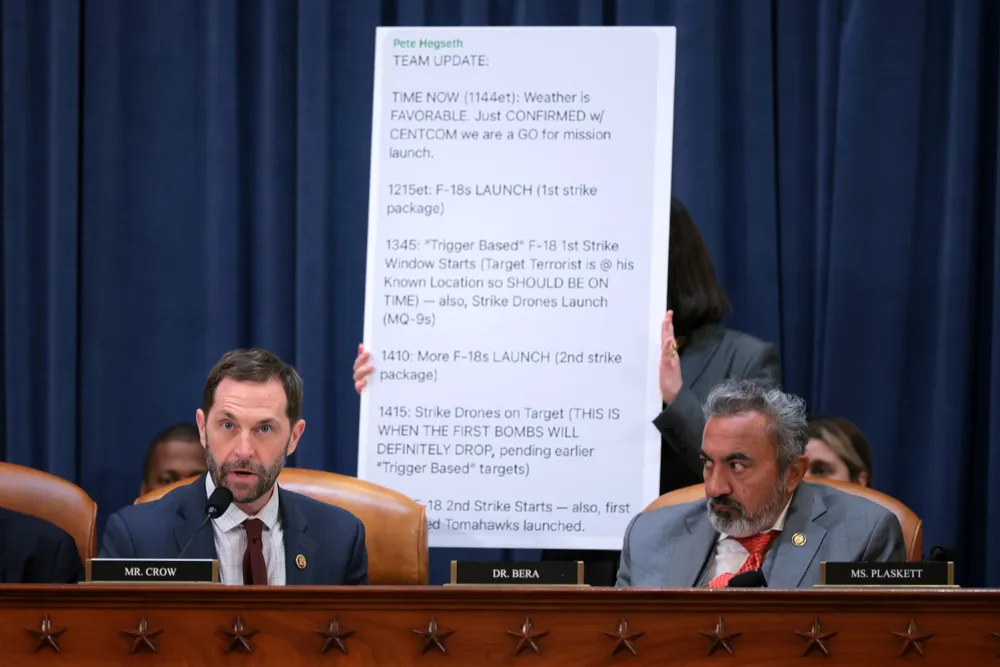
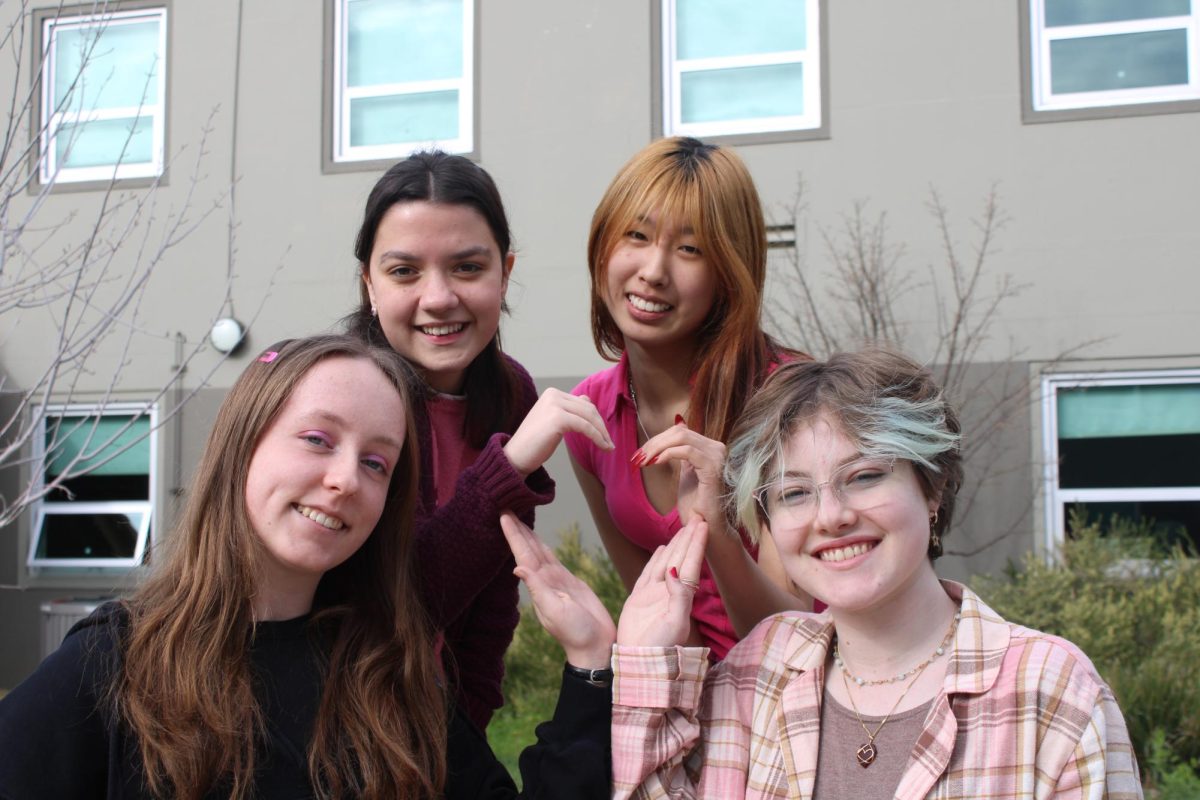
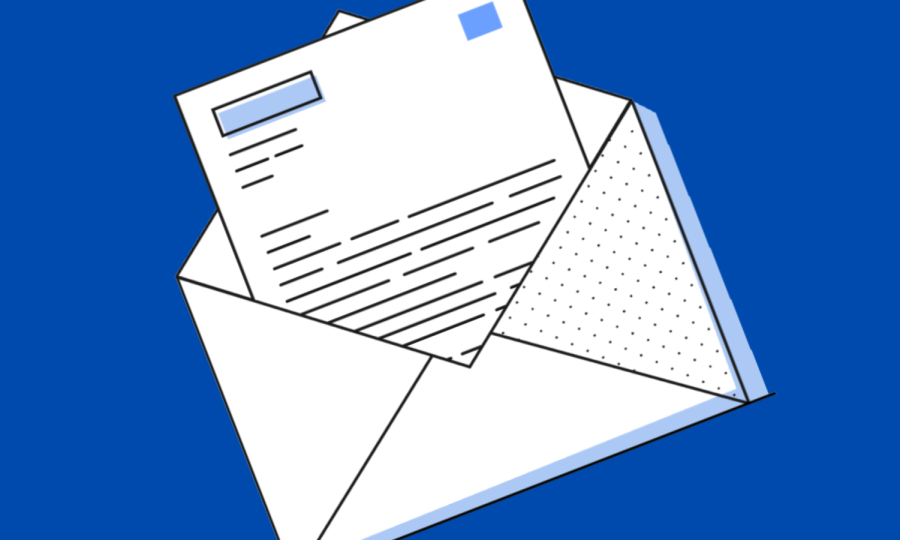

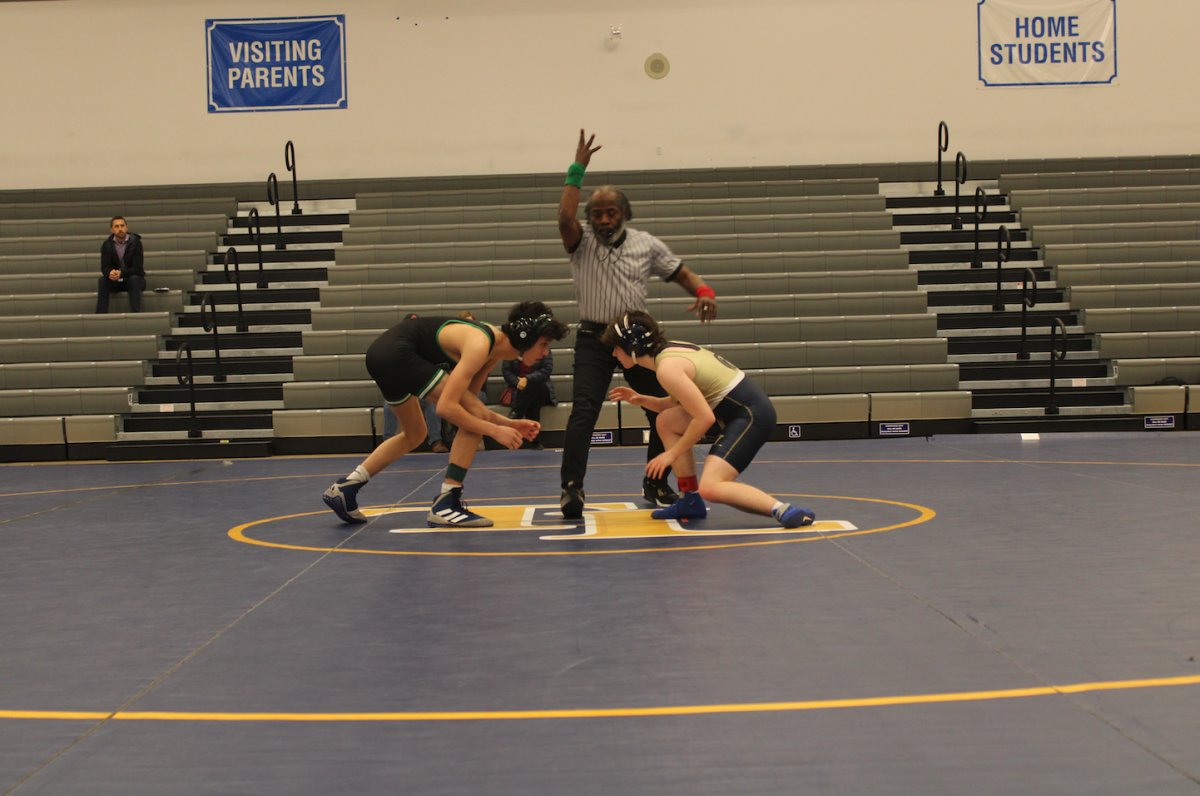
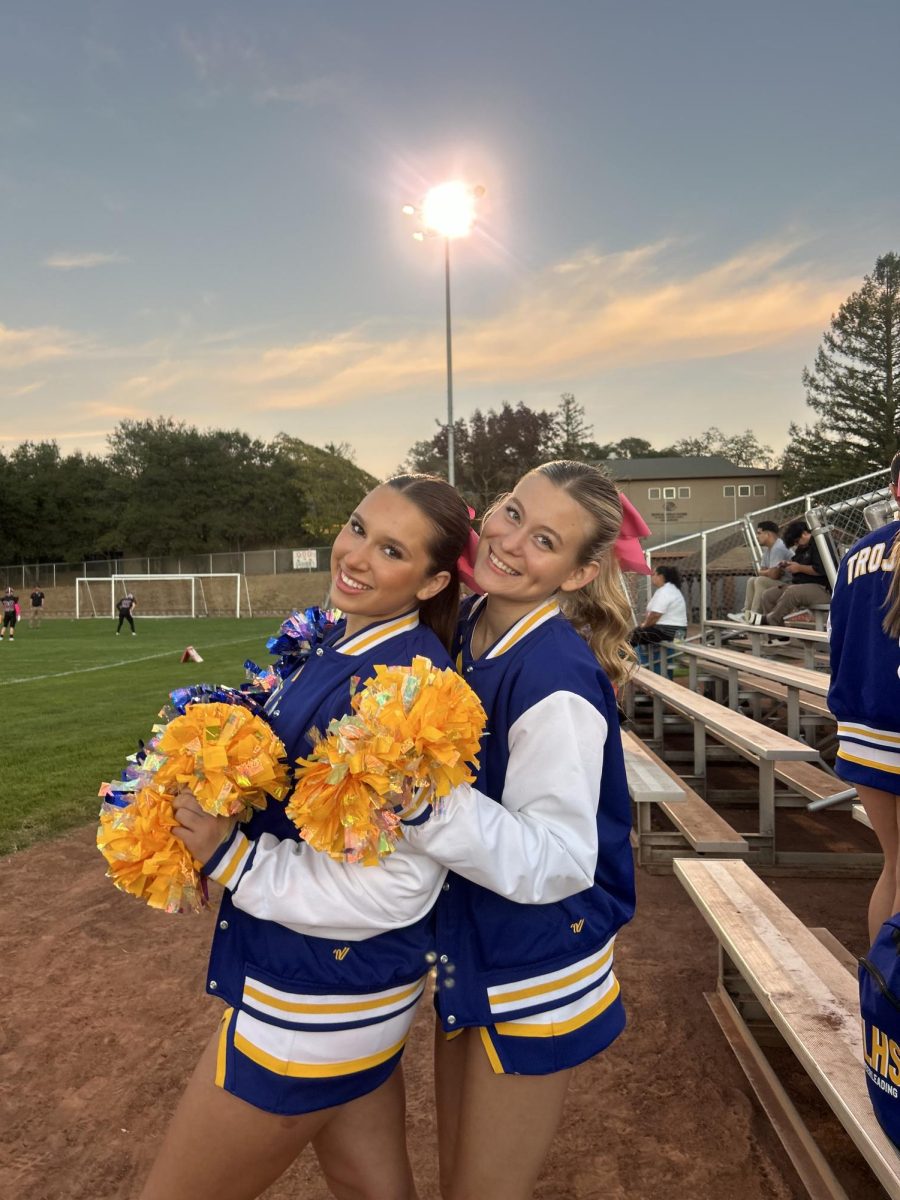
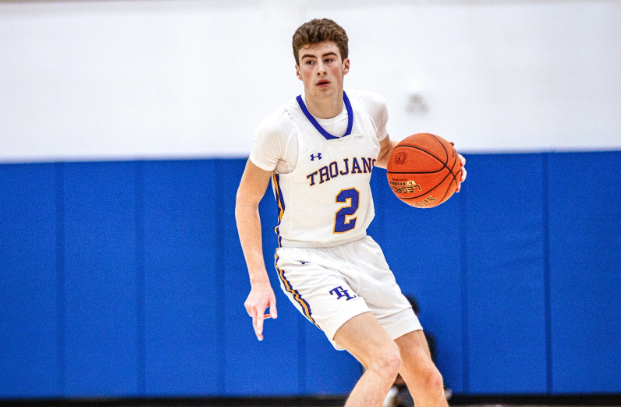
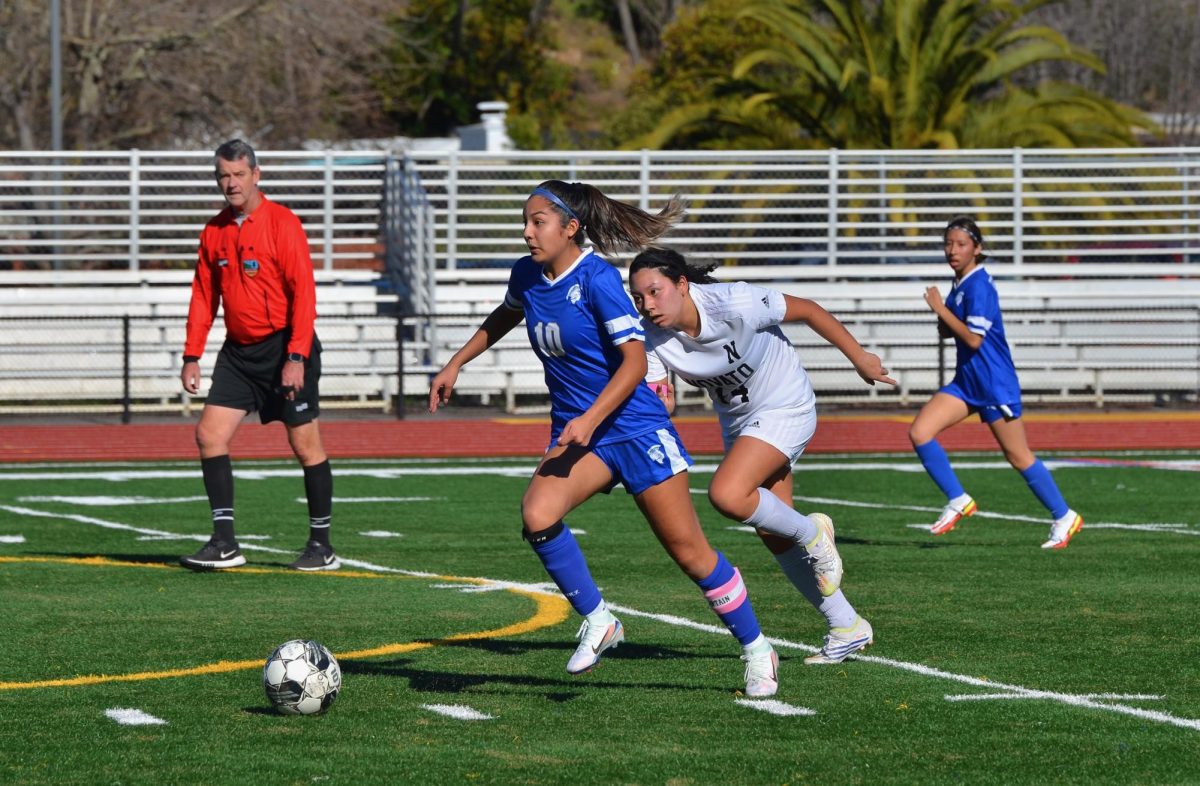
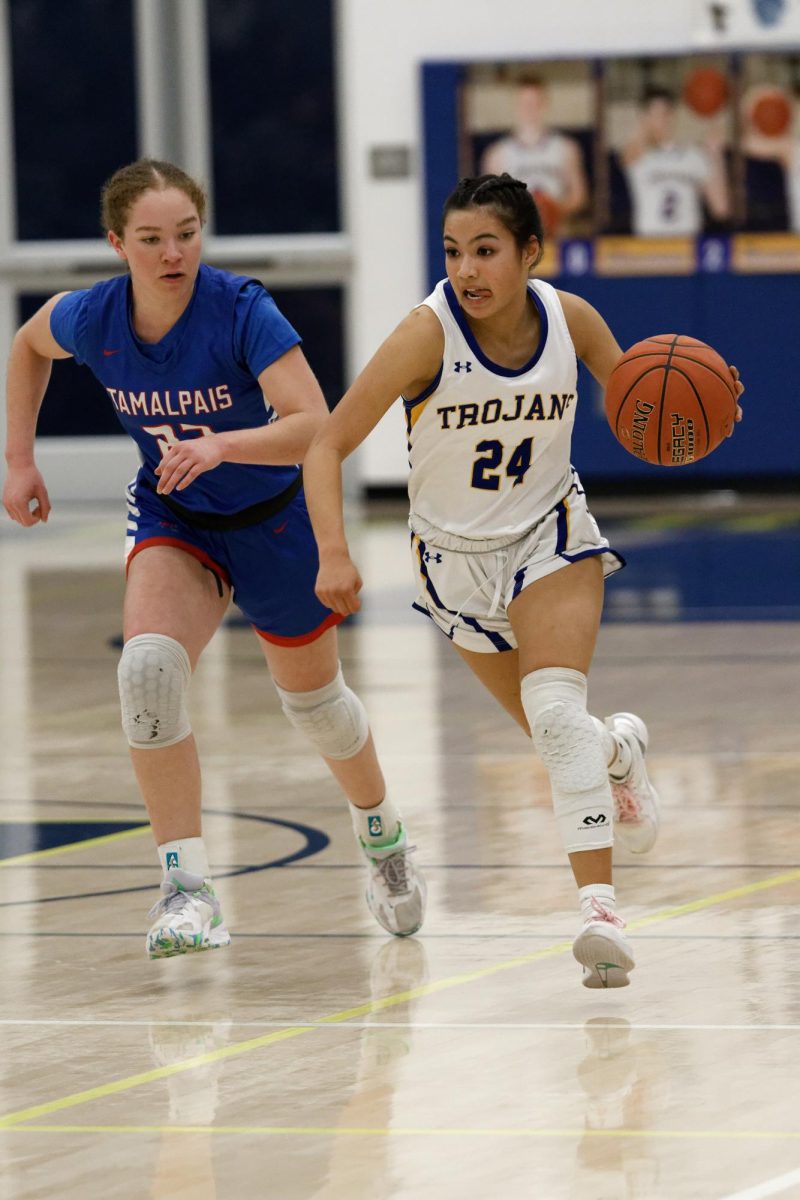
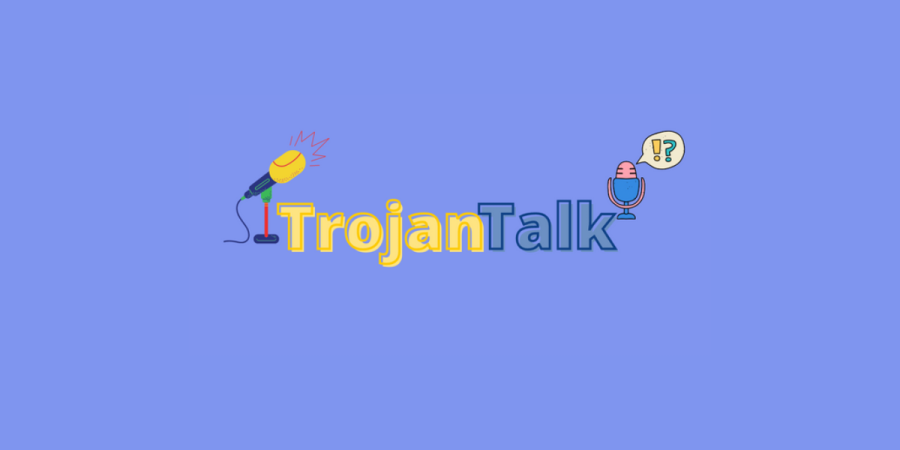
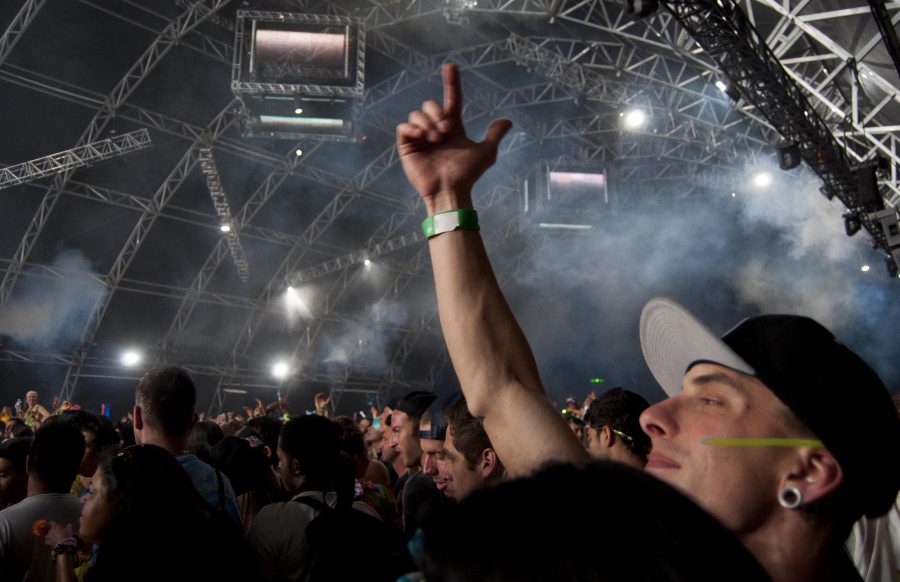
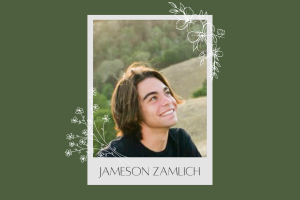
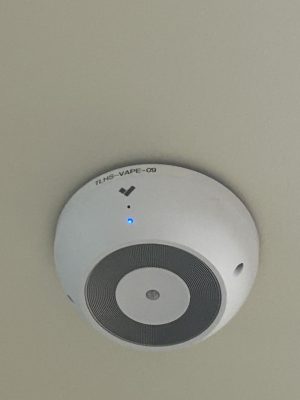
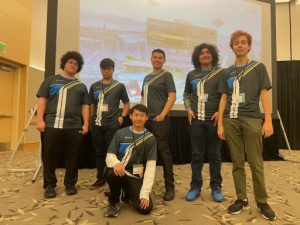
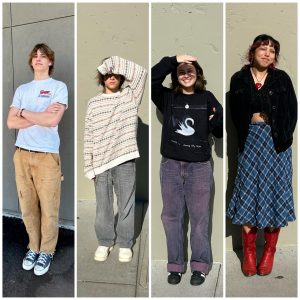
Anonymous • Dec 17, 2018 at 10:00 am
Unfortunately, any genre that gets commercially successful in America instantly gets killed and watered down by the mainstream music industry. It starts to become less about the quality of the music/scene and more about the sex, money, drugs, and partying for douche bags and “raver” girls to go around dressed half-naked in dance festivals unlike their European counter-parts. This is just the brutally honest truth I’m telling you all. Just look at what happened with Big Room House when there was Martin Garrix, Hardwell, and Tiesto (used to make Trance).
P.S. Now I’m be trashing those artists, because of the music they make, yes I understand everyone has different tastes.
teagen leonhart • Dec 15, 2018 at 10:05 am
Rory, have you seen Almost Famous? You may have a future here….this is awesome.